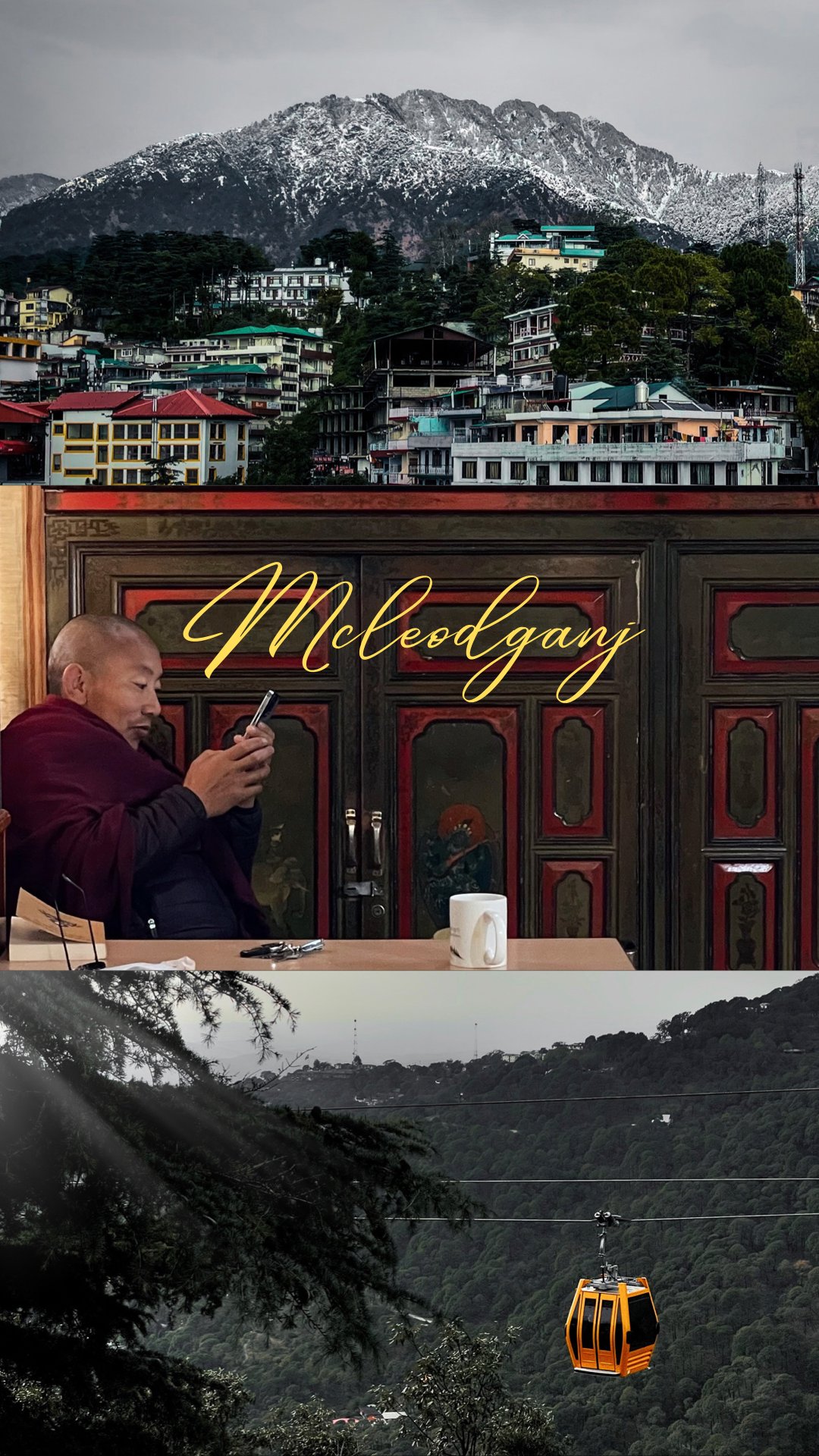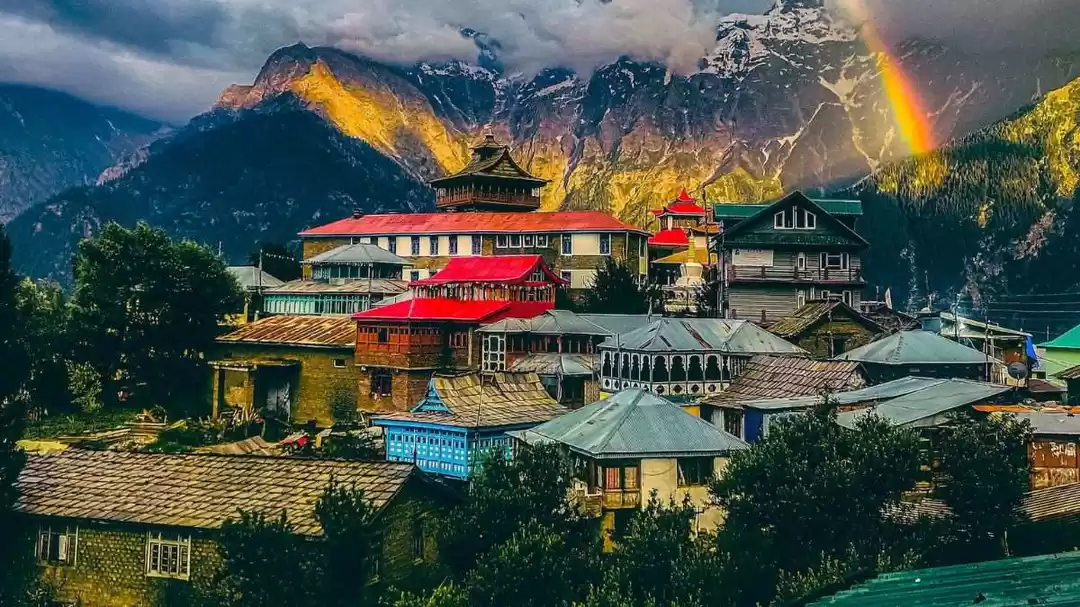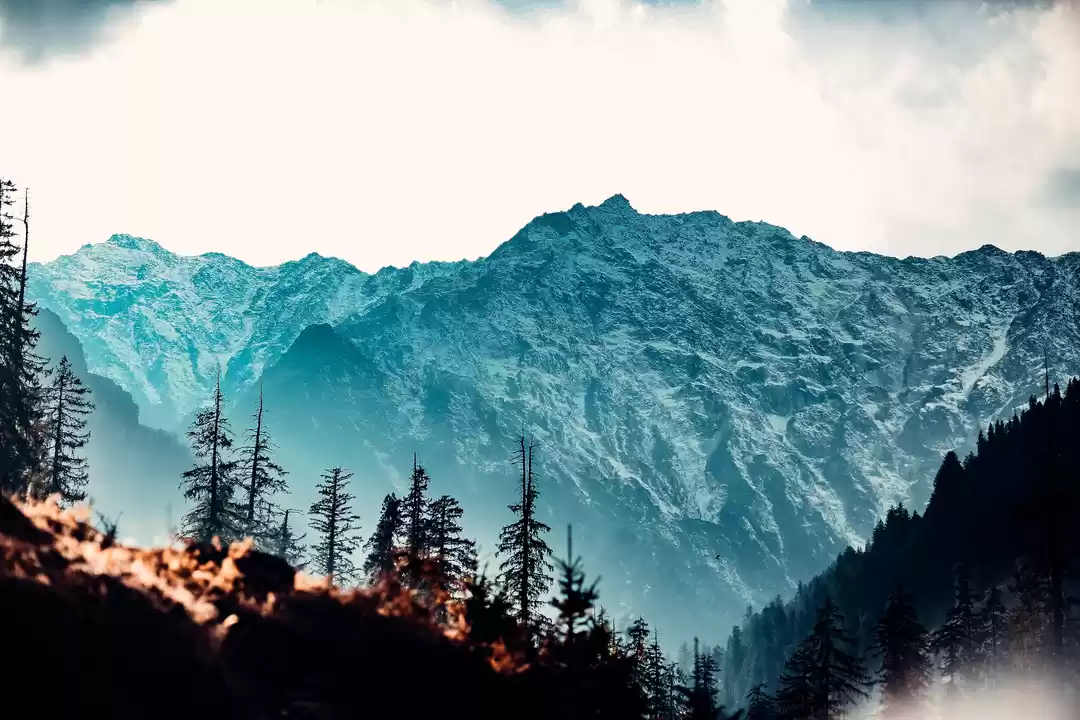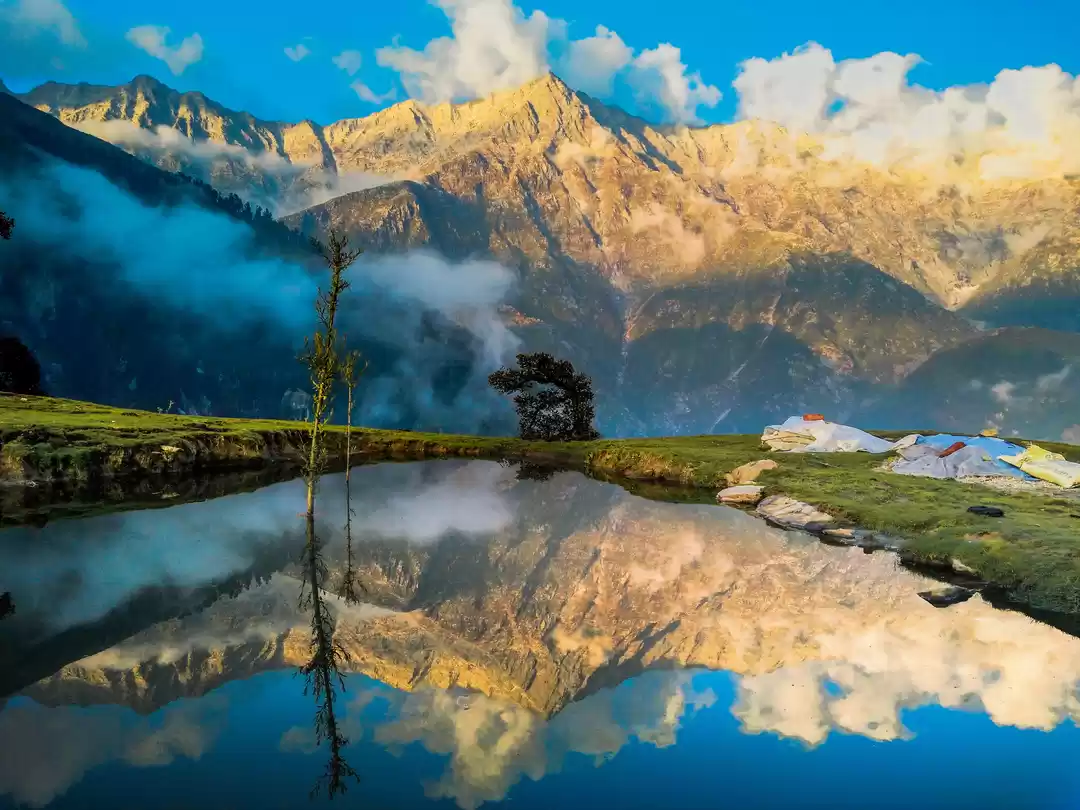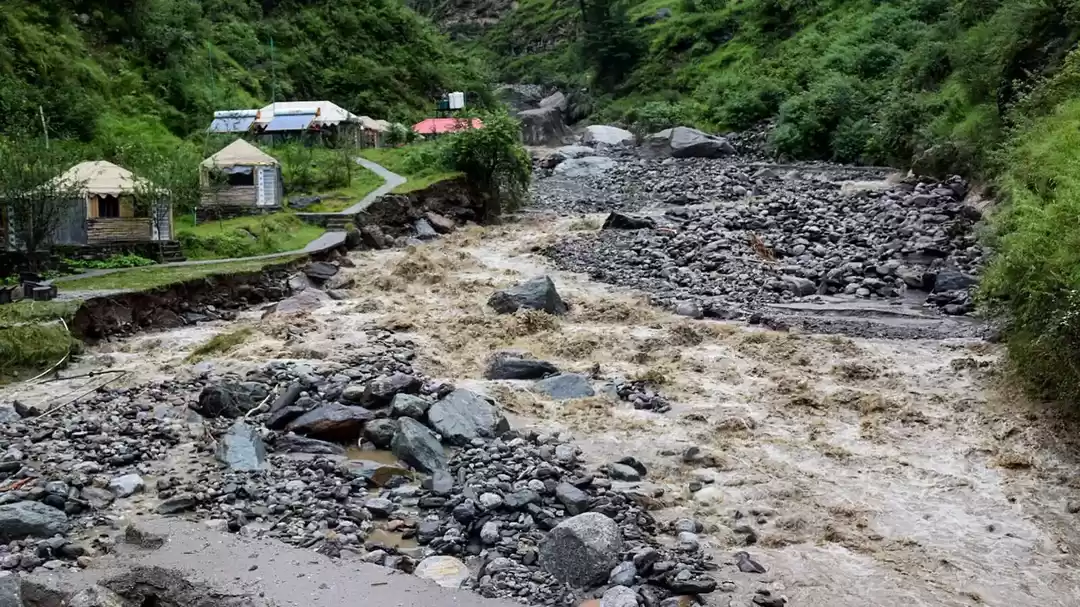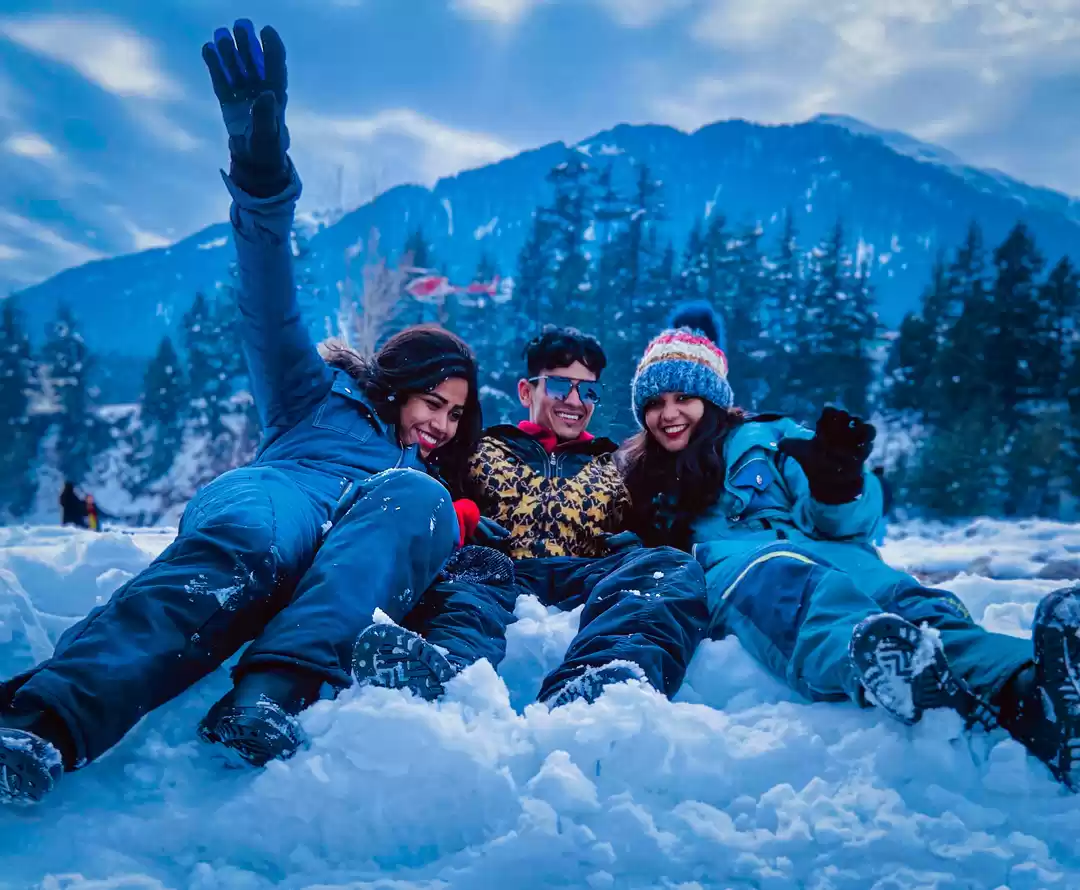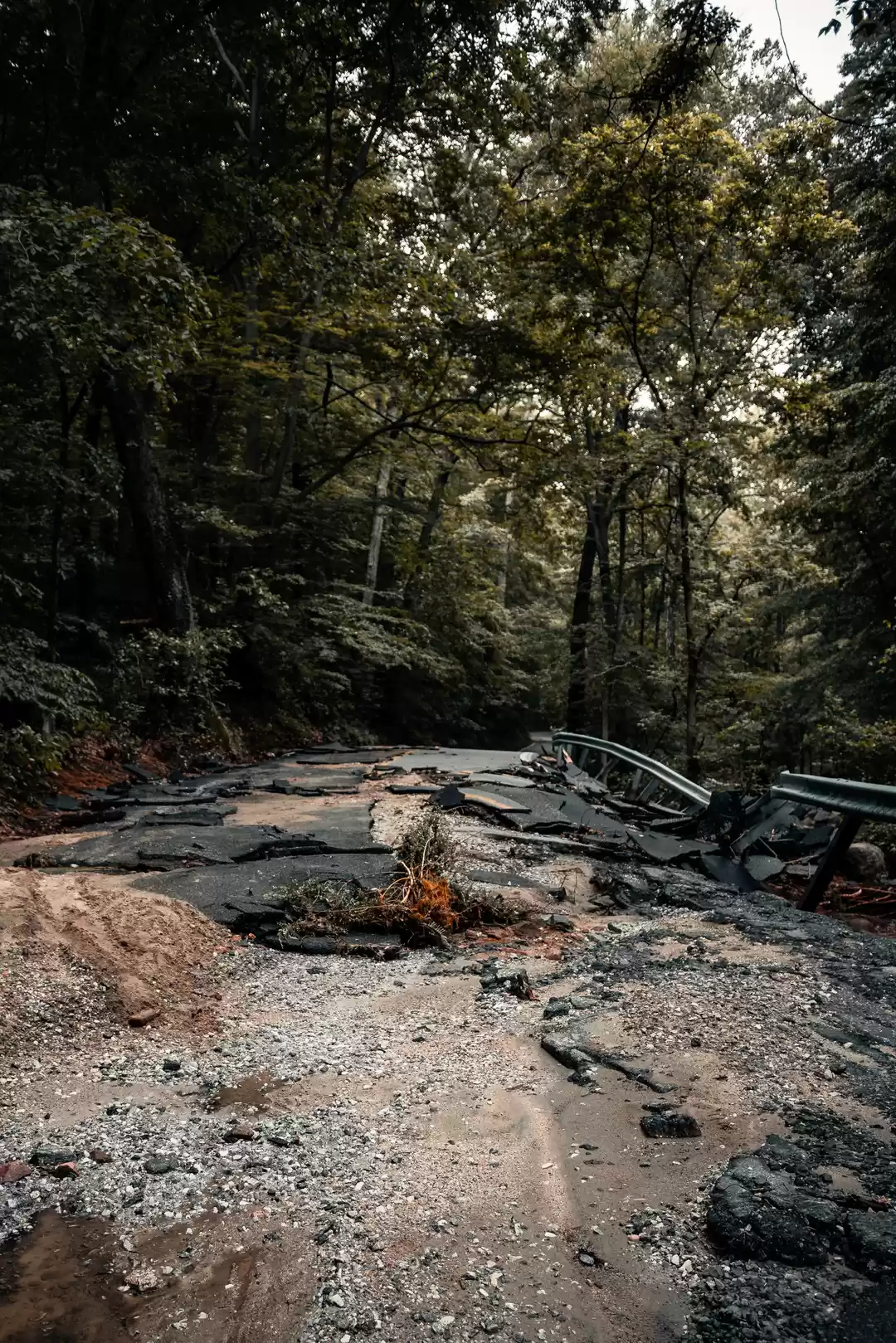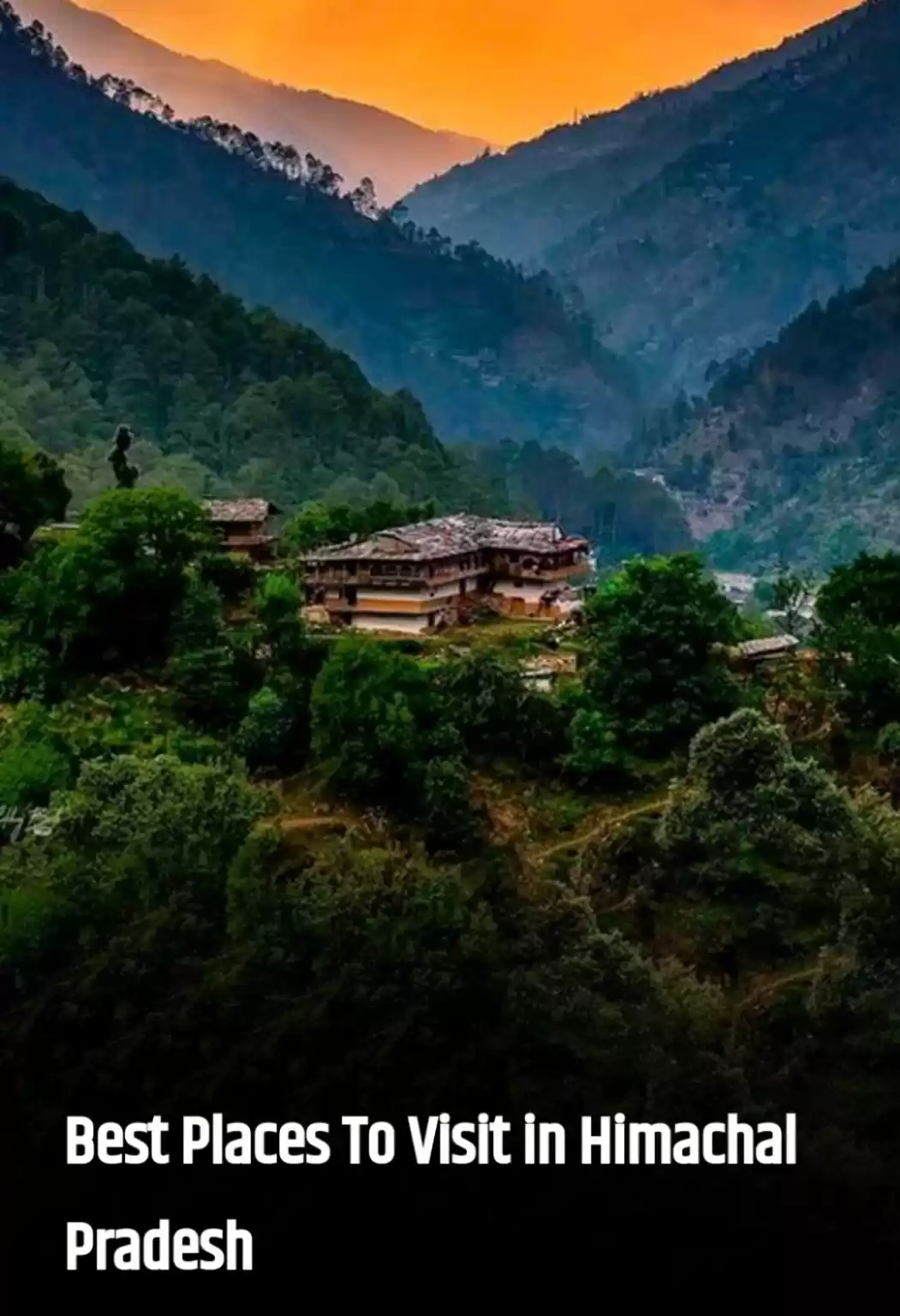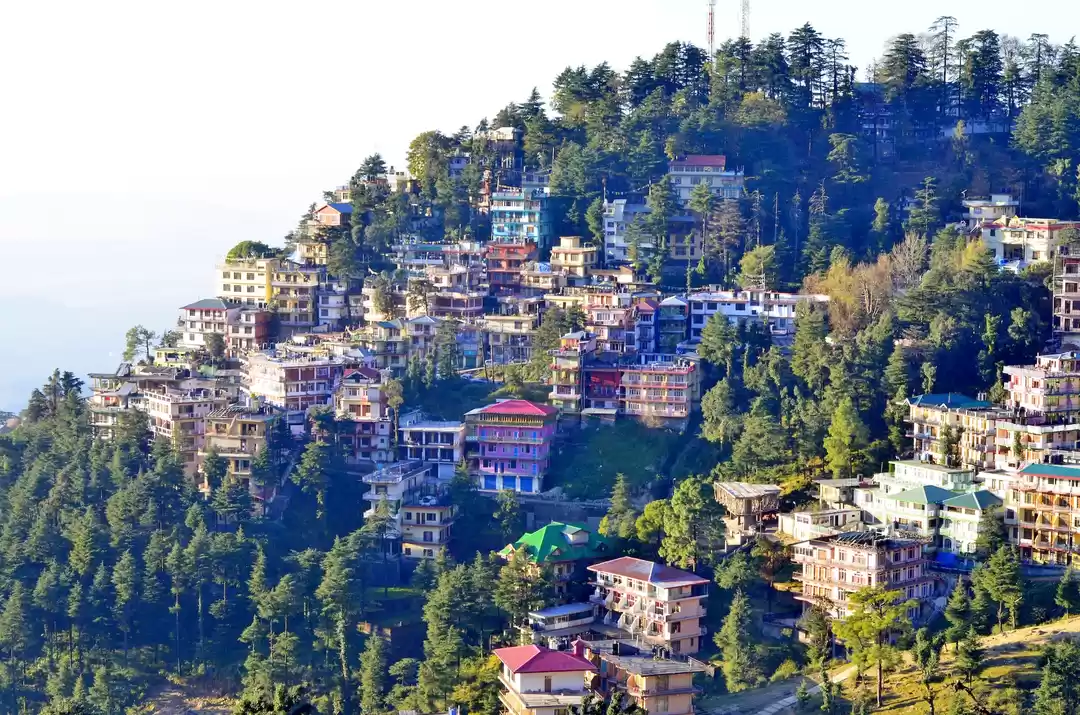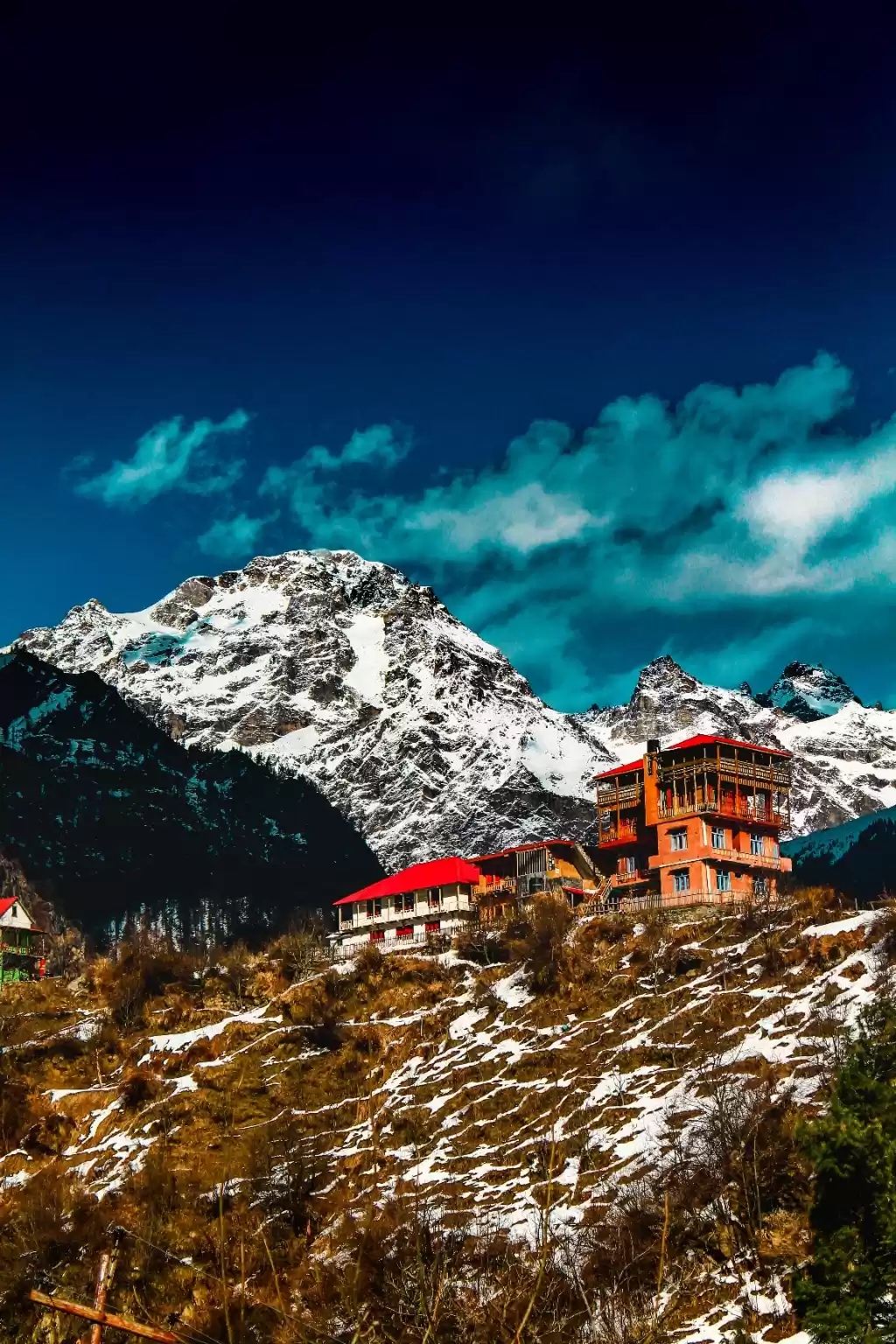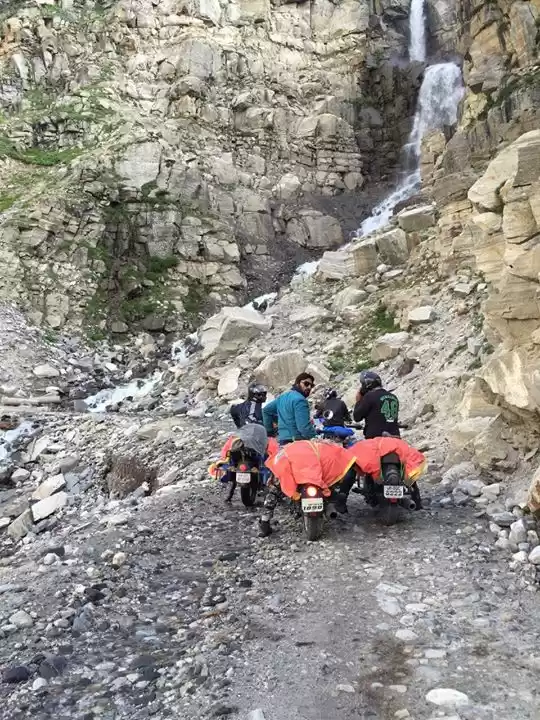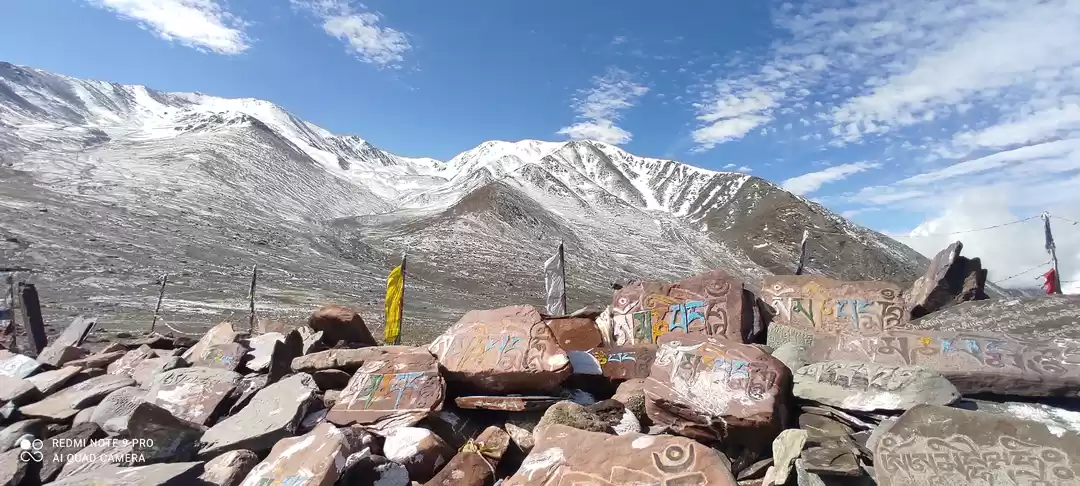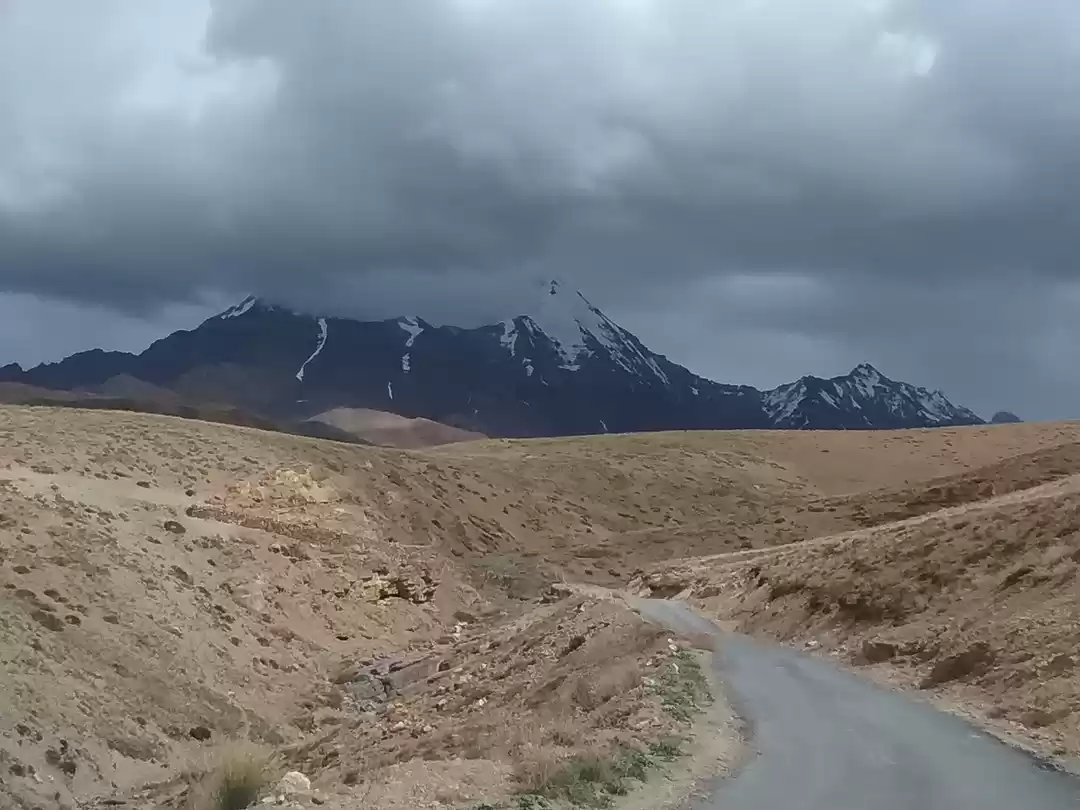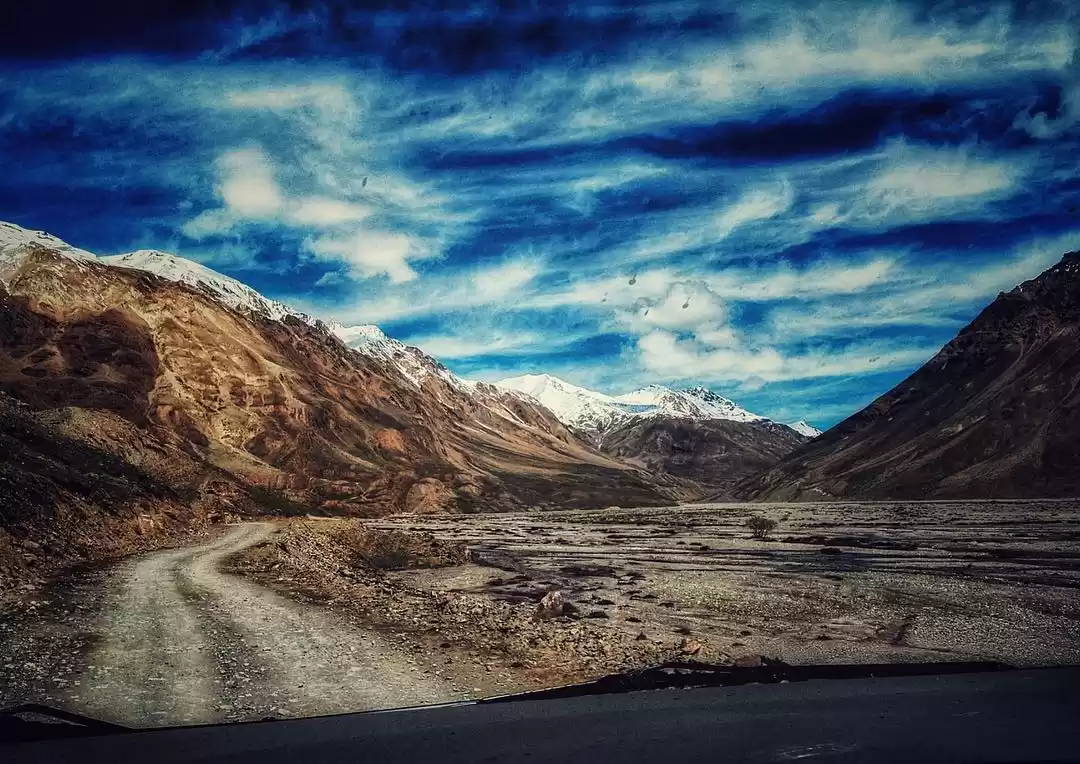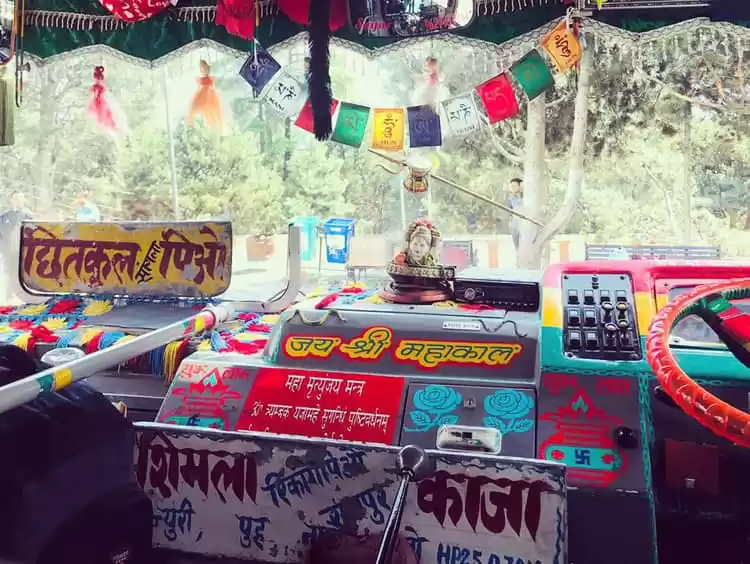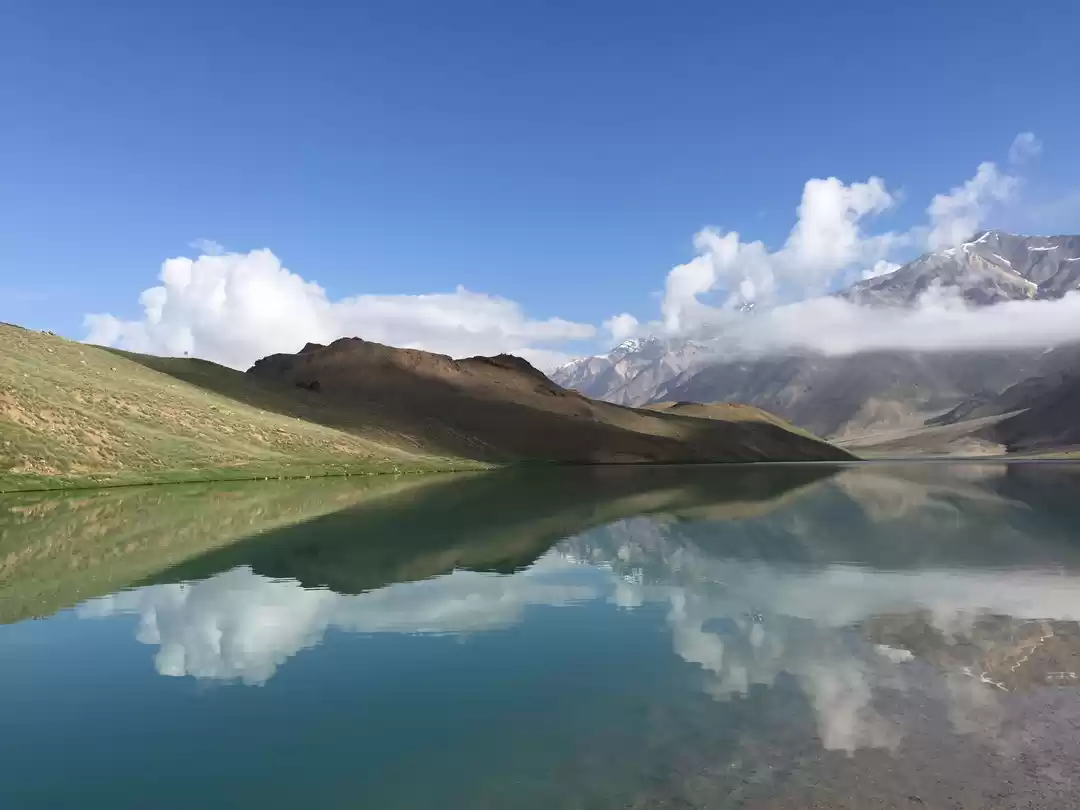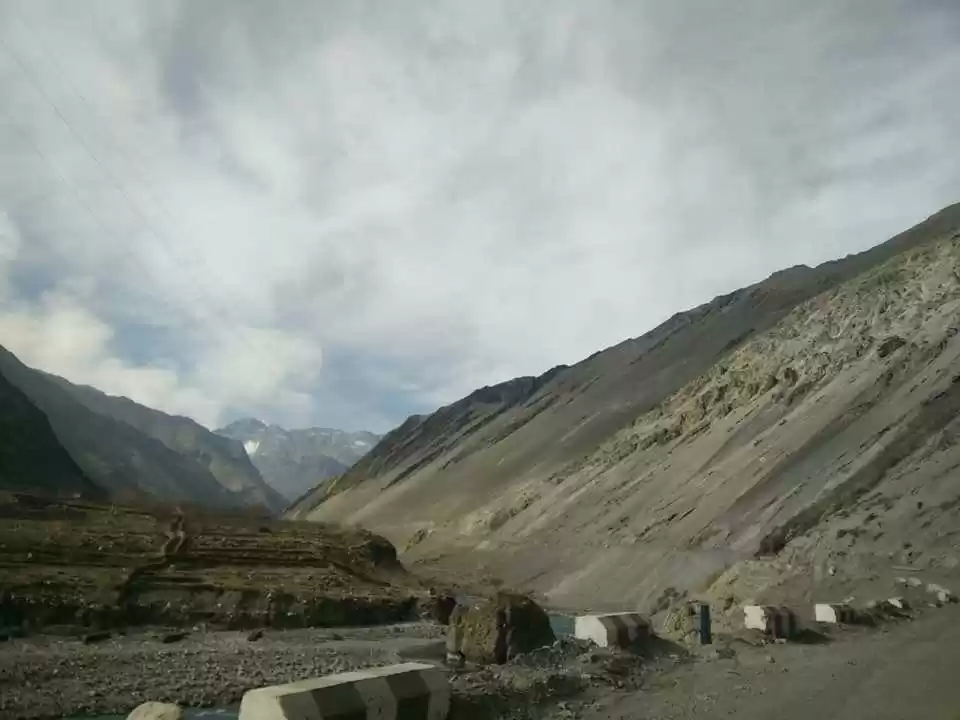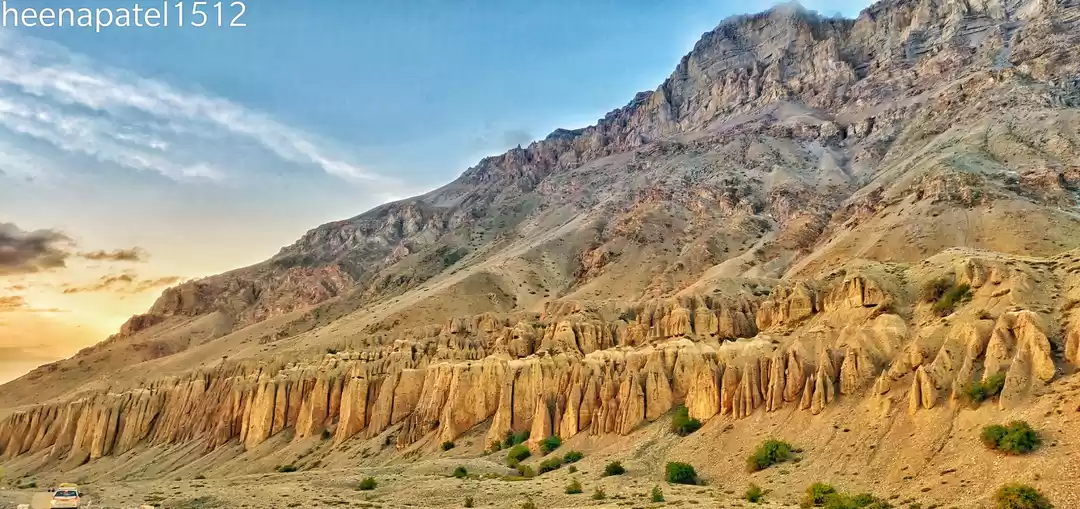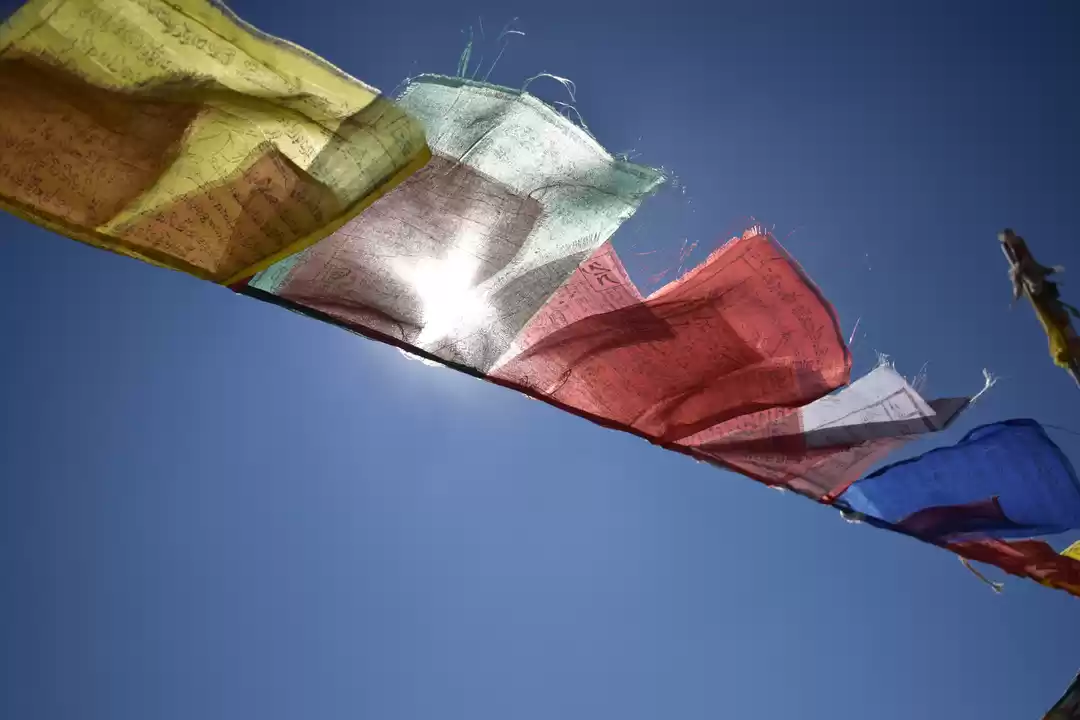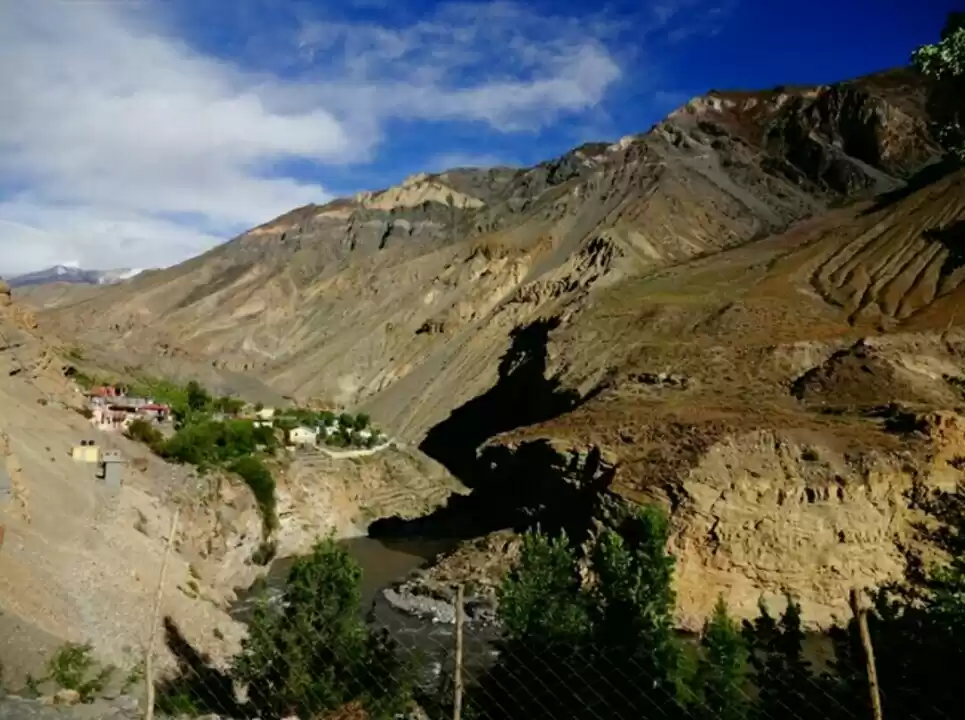Travelling”, a mere word which simply means to make a journey. Yet, this word means so much more when you live through it, when you practically apply the word in your life. Humans are bundles of curiosity and it’s this curiosity that leads them to go a little further, to stretch the limits a little more. I was born to parents who injected their love for travelling into me. So I travel to places, curious to know about the place’s culture, people, freezing moments I feel need to live forever.
During this semester’s intersession break, my parents and I had planned to go on a trip to a place I had been growing a lot of interest about for quite some time, the Lahul-Spiti region of Himachal Pradesh, a road-trip of course. So, we decided our route would be, Shimla, Kalpa, Nako and Tabo, Dhankar, Kaza, Chandrataal, Keylong and Manali, serially. So, finally, on the 17th of June, we flew to Delhi and drove to Shimla. I believe, if you go out on a trip, why waste time sitting inside the hotel room? The whole world’s waiting outside, a hotel room is just to get the few hours of sleep a human body requires.
Shimla welcomed us in the lap of monsoons. There’s something different and mysterious in the monsoons of the mountains. I’ve been to Shimla many times, so the Mall Road is well known to me, the old church clock tower, the vintage pattern of streetlights and buildings on either side of the road. This time, I walked into unknown hilly lanes, which gave me chills down the spine at times, in the evening drizzle with the fog and darkness rolling in. As night fell, we visited the Kali Bari, from where a beautiful Shimla glittering with the city lights could be seen.
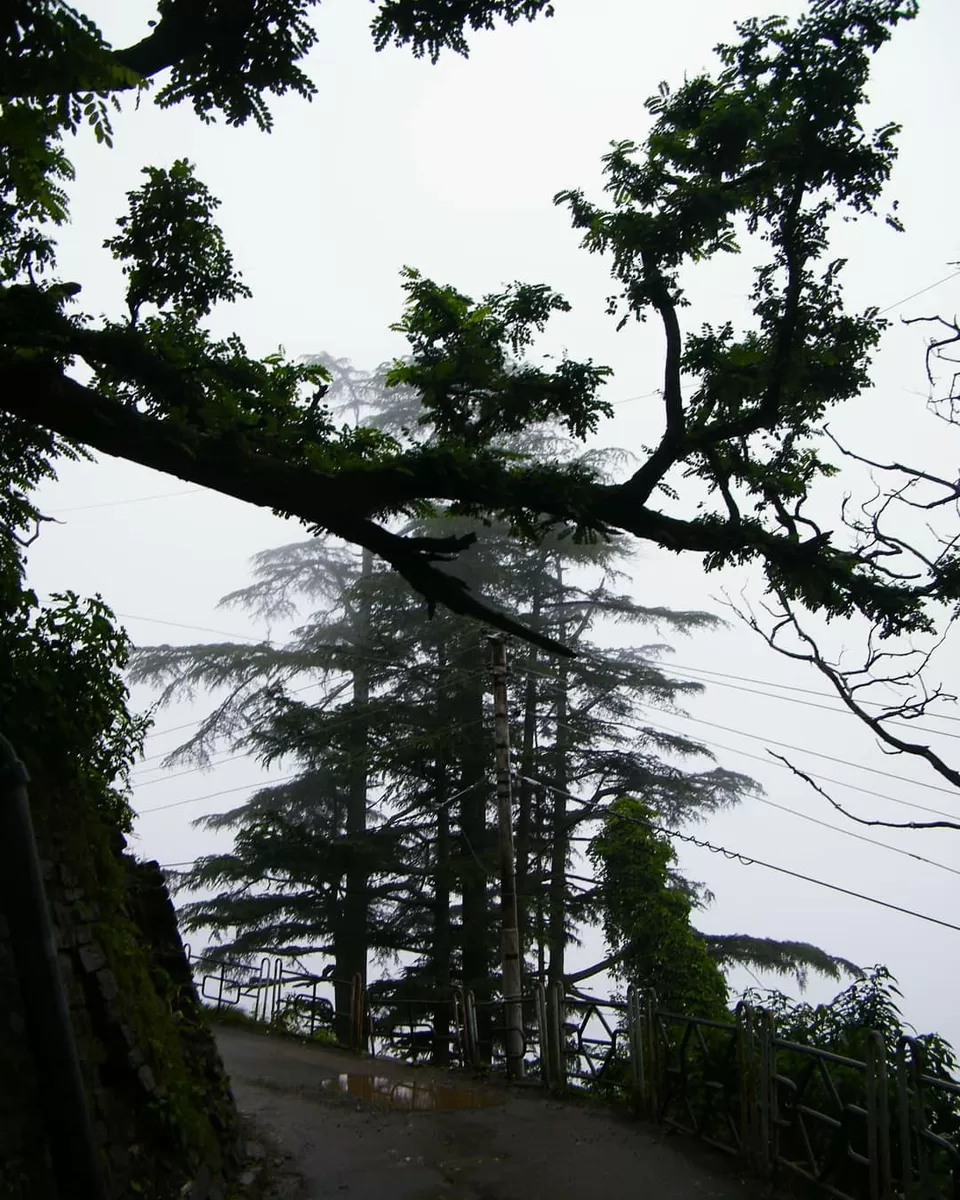
Next day, we set off for Kalpa in the morning. All along the road, on the mountain slopes, we could see orchards of apples and peaches, green fruits blushing ripe. The weather was bright and sunny with a clear blue sky and the crisp freshness in mountain air, that I crave for everyday. On the way to Kalpa, we halted at Reckong Peo, a tourist spot for mostly shopping.
By 4 in the afternoon, we reached Kalpa and visited the Khawangi Temple and a Monastery. In the evening, I strolled around the small local settlement of Kalpa, making 4-pawed furry friends. Something surprising that i realised in this part of Himachal is that, if you ask for a ‘Ginger Tea’, they’ll just give you ginger in hot water. You’ll get what you actually mean for ‘Milk/Black Ginger Tea’. That’s a little weird, but such things make places memorable in their own ways.
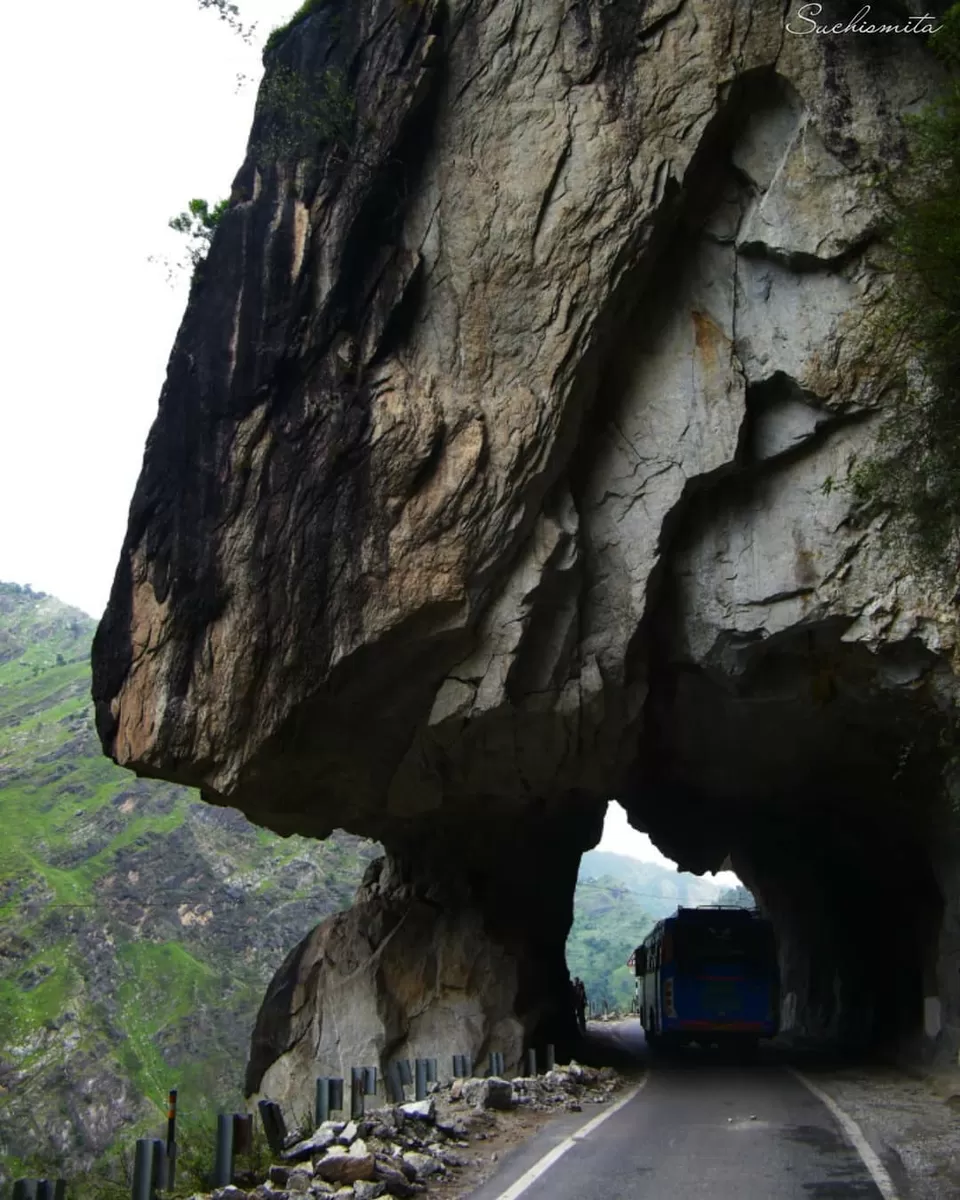
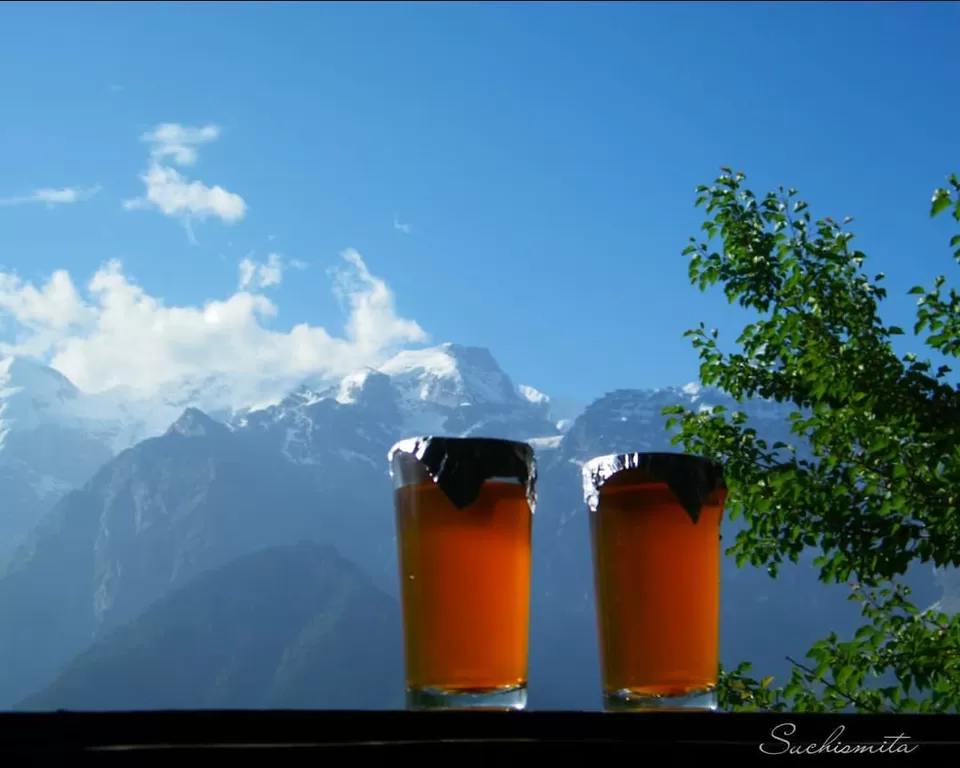
The next morning, the sky was clear and we could see snow peaks surrounding us. However, we had to set off for Nako.
19th morning found us departing from Kalpa and heading towards Nako. The road between Kalpa and Nako is extremely dusty and it’s better to keep the nose and mouth covered or else you might face breathing problems. As we headed towards Nako, the sky gradually turned into a surreal blue and the world seemed to be changing it’s face to something I’d never seen before. Changing to such an extent that it made me think, was this all even real? Soon the region we entered, seemed like we had been cut off from the rest of the world, no people, no houses, no cars, miles and miles of barren mountains and far below, a turquoise river rippling along.
We visited the Nako Monastery and Nako Lake in the small village of Nako. The houses from here to everywhere along the Spiti region, started to have the same pattern of structure, white squares, with red and black borders at the roofs and windows, and sometimes a yellow tint. We had our lunch at Nako at around 1:30.
As we left Nako behind, and moved on, from the distance, we could see a beautiful Monastery, standing in the middle of nowhere; no village or human in sight. It’s a Restoration Project of the mummy of the Lama at Gue, by the H.P. Tourism Department. The mummy’s over 300 years old and the Monastery was built as a compliment to the tomb.
Further riding on, hardly any settlements or village came into sight. It seemed like a deserted cold-desert, and as for the 1 or 2 villages that did come in sight, the population at the entrances of each village were written as 30 or 20. At around 5 in the evening, we reached Tabo, a small clean and disciplined village at 10,761 ft altitude, surrounding the New and Old Tabo Gompa or Monastries.
From Tabo, we drove towards our last destination for the day, Dhankar. We were going to stay there for 2 nights, 19th and 20th. The sun set at around 7 to 7:30 in the evening and the sky was a playground for clouds and colours. We were approaching the barren snowy mountains now. Far away, in the partial darkness, we could see a huge cliff, studded with some white cubes. As the darkness grew, the lights were seen popping up at different parts of the cliff and altogether, it seemed like Hogwarts had come to life. Once we entered Dhankar, we were shown that the Monastery was located at the extreme edge of the cliff and just beside that was the Homestay we were going to put up at. On our 1st night, we were already too excited to see how Dhankar would look in the morning light. However, there was a power failure all night and I was worried my camera batteries would be drained of charge. I woke up at about 5 in the morning out of all the bundled up excitement because I couldn’t see what Dhankar actually looked like the previous night. What I saw when I woke up, words are too little to explain the beauty. It was the most unearthly and intrepid place I’ve ever spent days living in.
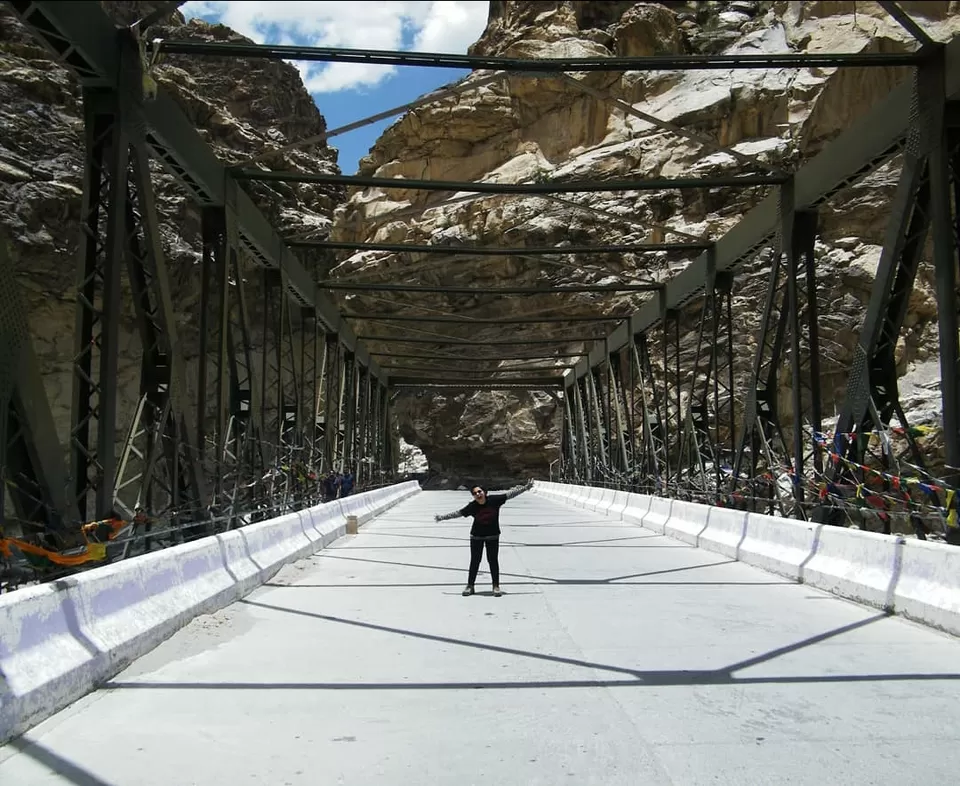

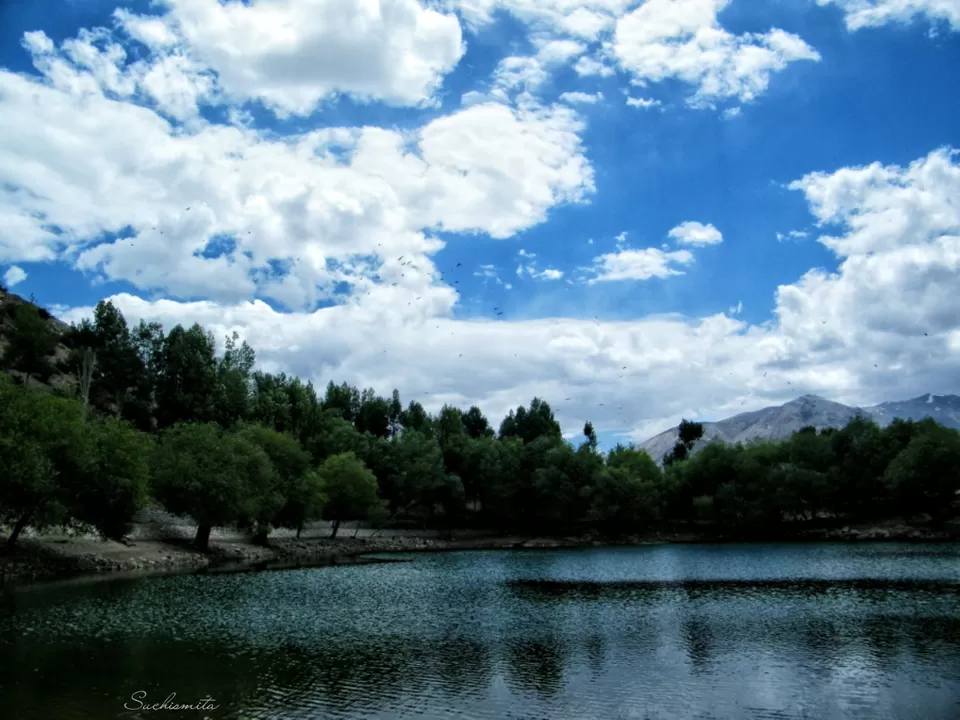
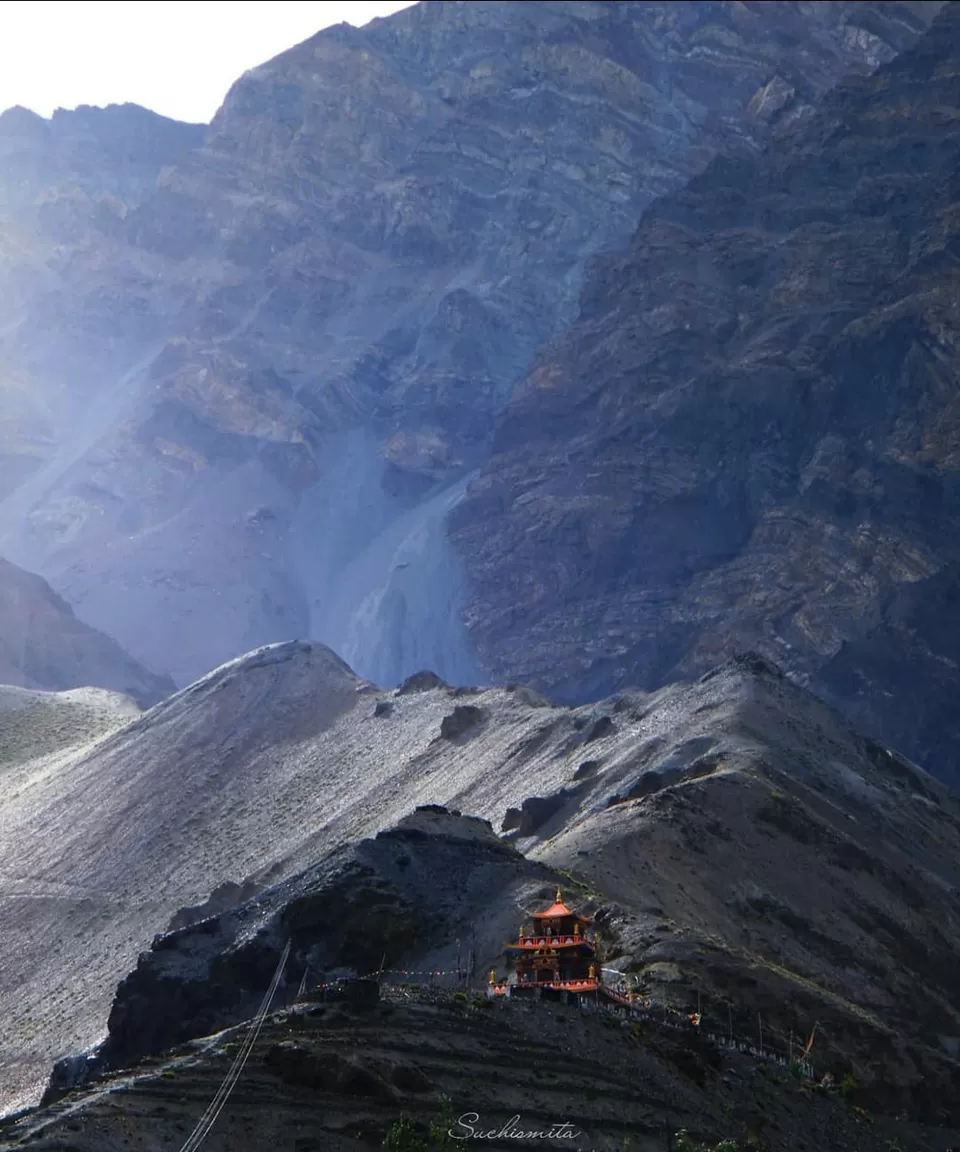
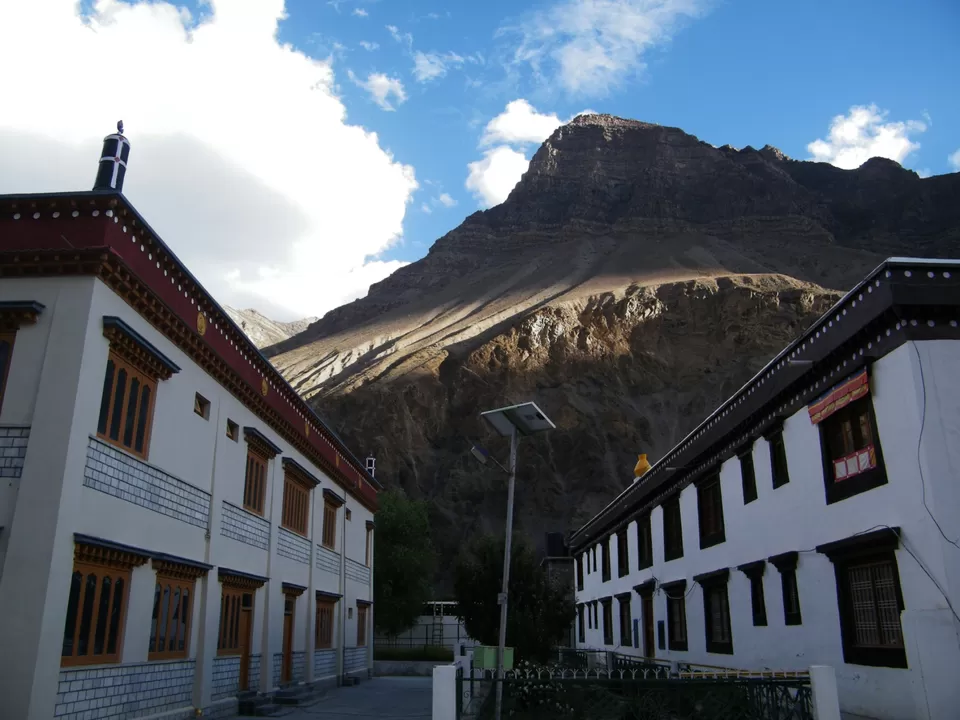
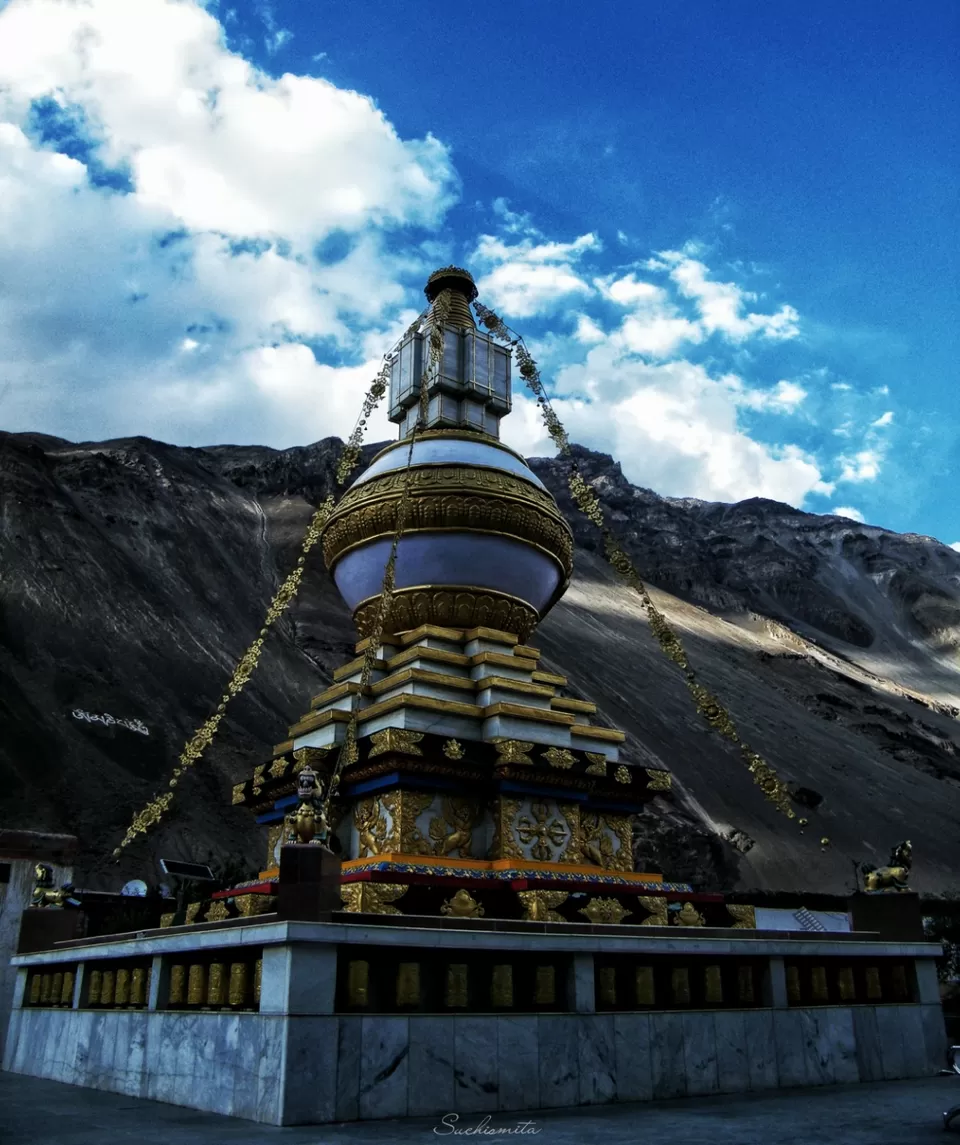
On 20th morning, we trekked approximately 5 kms to the Dhankar lake, one of the most clear and serene water bodies I’ve ever seen in a very long time, away from the chaos and pollution of the city.
After returning from Dhankar Lake, we ventured off for Pin Valley. As we drove across the valley, I realised it was difficult to keep my camera aside because every bend of the road and every moment was capture-worthy. It’s all so beautiful, you’ll want to fill your eyes with as much of the beauty as possible. The river seemed calm from a distance, a wide river bed, with patches of sediments, forming beautiful patterns.
The Pin valley is actually 1 closed loop; Dhankar at one end of the loop and Mudh village (12,361 ft.) at the other end. We halted at Mudh village to have lunch before returning to Dhankar. 20th was our last night at Dhankar, so we walked around the little village all evening, and visited the new Dhankar Monastery. The thought of leaving behind this paradise wasn’t very pleasant, but next day, we would leave for Kaza. In the region of and around Dhankar, it never rains because it’s a cold desert, it only snows in winter, no rain ever.
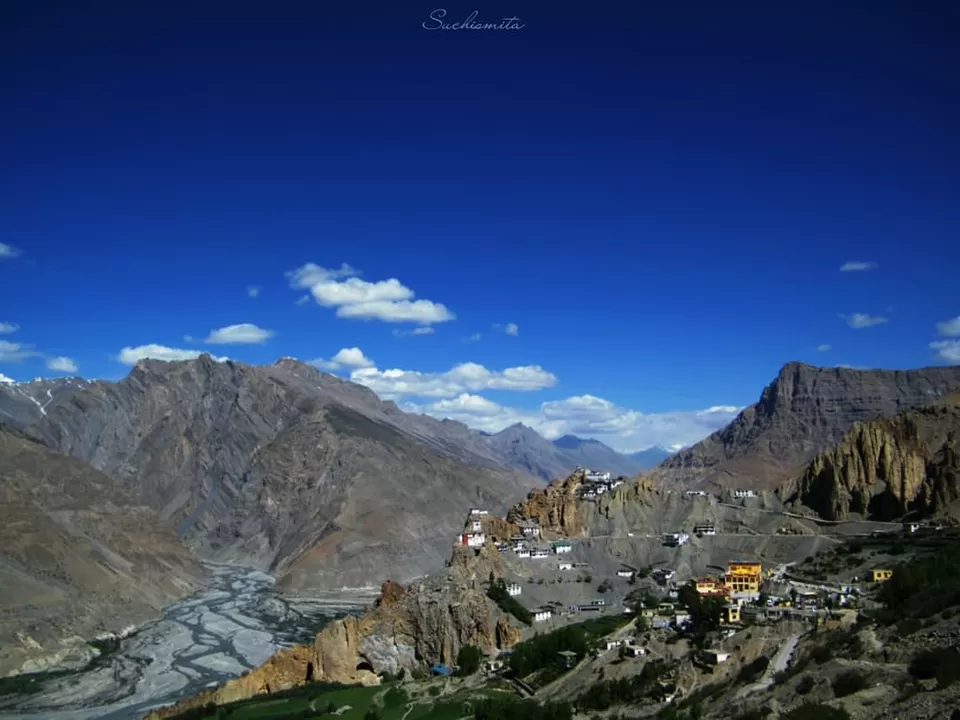
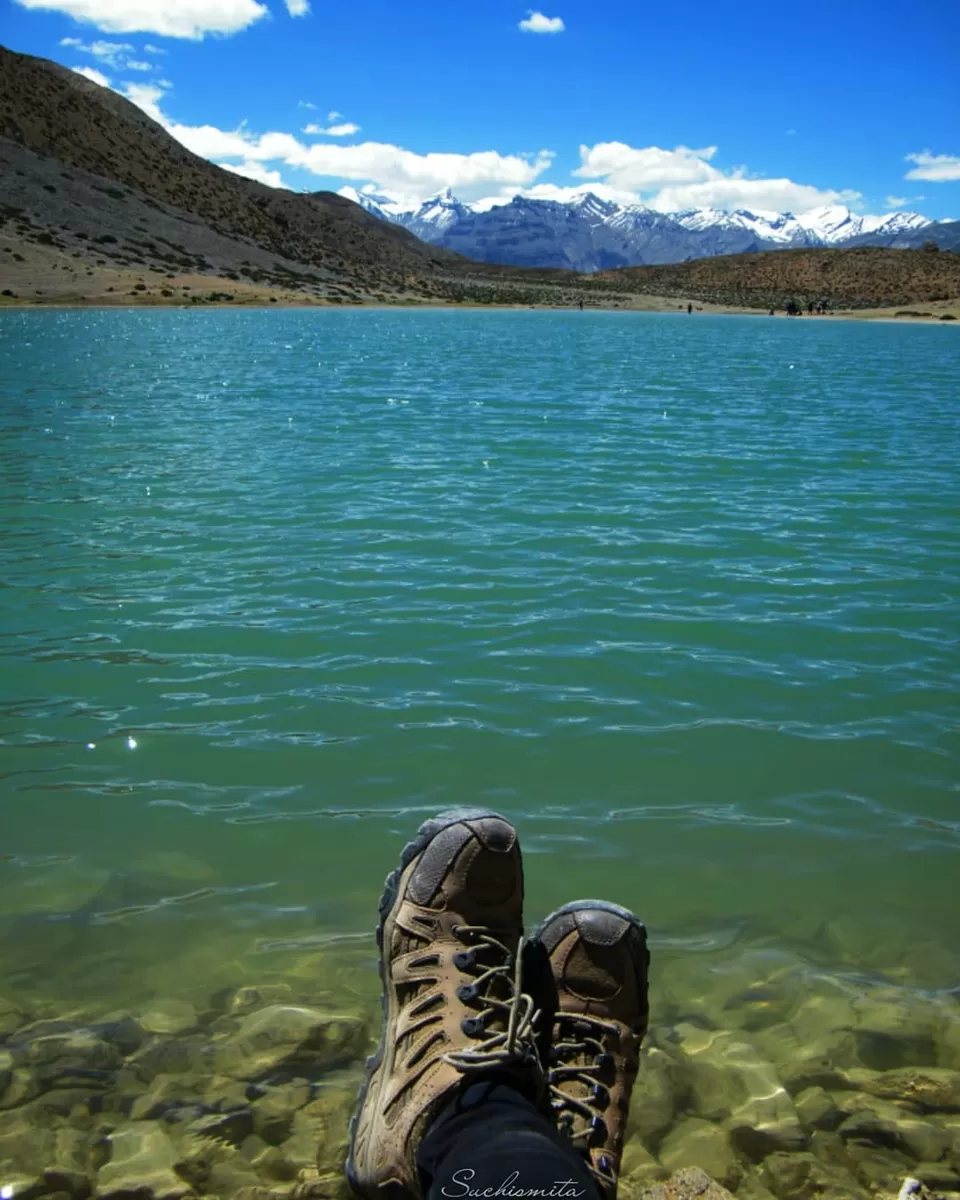
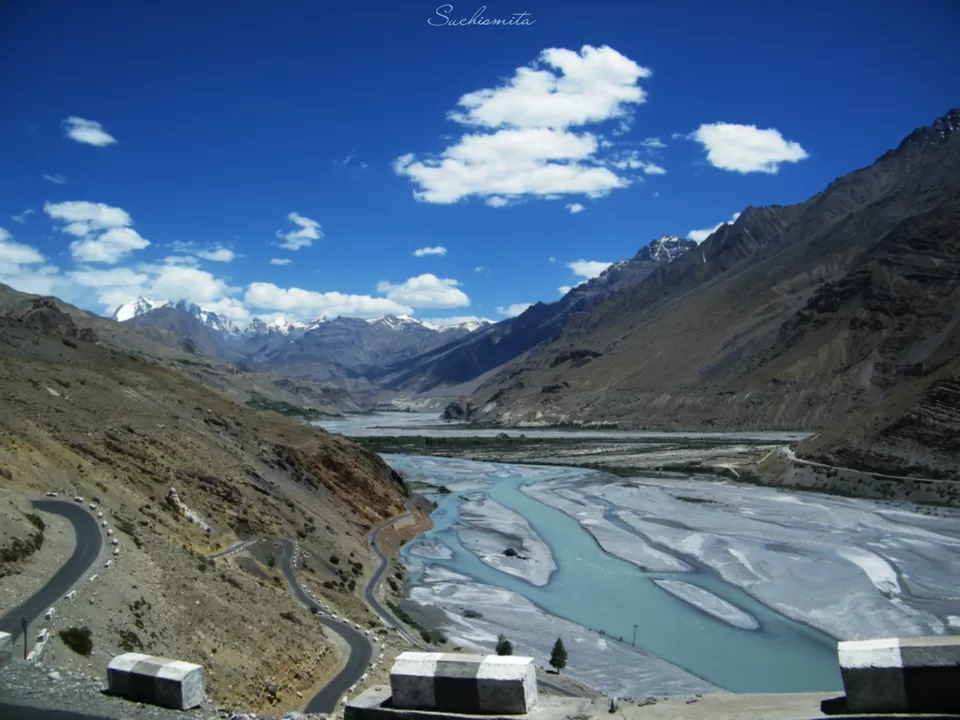
On 21st morning, we rose early and walked to the Old Dhankar Gompa, one of the oldest and most intricately detailed Monasteries I’ve seen. It feels good to indulge into the history and myths the local people believe in.
At around 10 in the morning we headed off for Kaza, and on the way, visited the Langza Buddha statue and Monastery.
From there, we went to the world’s highest village with a road, Komic, at an altitude of 15,027ft. above sea level. The locals believe they are in the 2145th Tibetian year. There we had our lunch with the local pasta called Qu.
From there, we went to Hikkim, where the world’s highest post office is located, at a height of 14,567 ft. altitude above sea level. I posted 2 postcards from there, which reached me in Kolkata 2 weeks later.
The road from Dhankar to Kaza is so mesmerising that you’ll want to stop the car at every second to click a photo of the beauty. From Hikkim, we reached Kaza (12,470ft.) at around 4 in the evening.
We walked around in the Kaza markets and lanes all evening and found many beautifully decorated Cafes everywhere. Till before Kaza, there’s no mobile network anywhere, but Kaza has only BSNL towers, so that’s the only network that works there. We had some freshly and really deliciously made apple pie from a Cafe and returned to our hotel as night fell. We were supposed to stay 2 nights at Kaza too. So the next day, we had to go for more sight seeings.
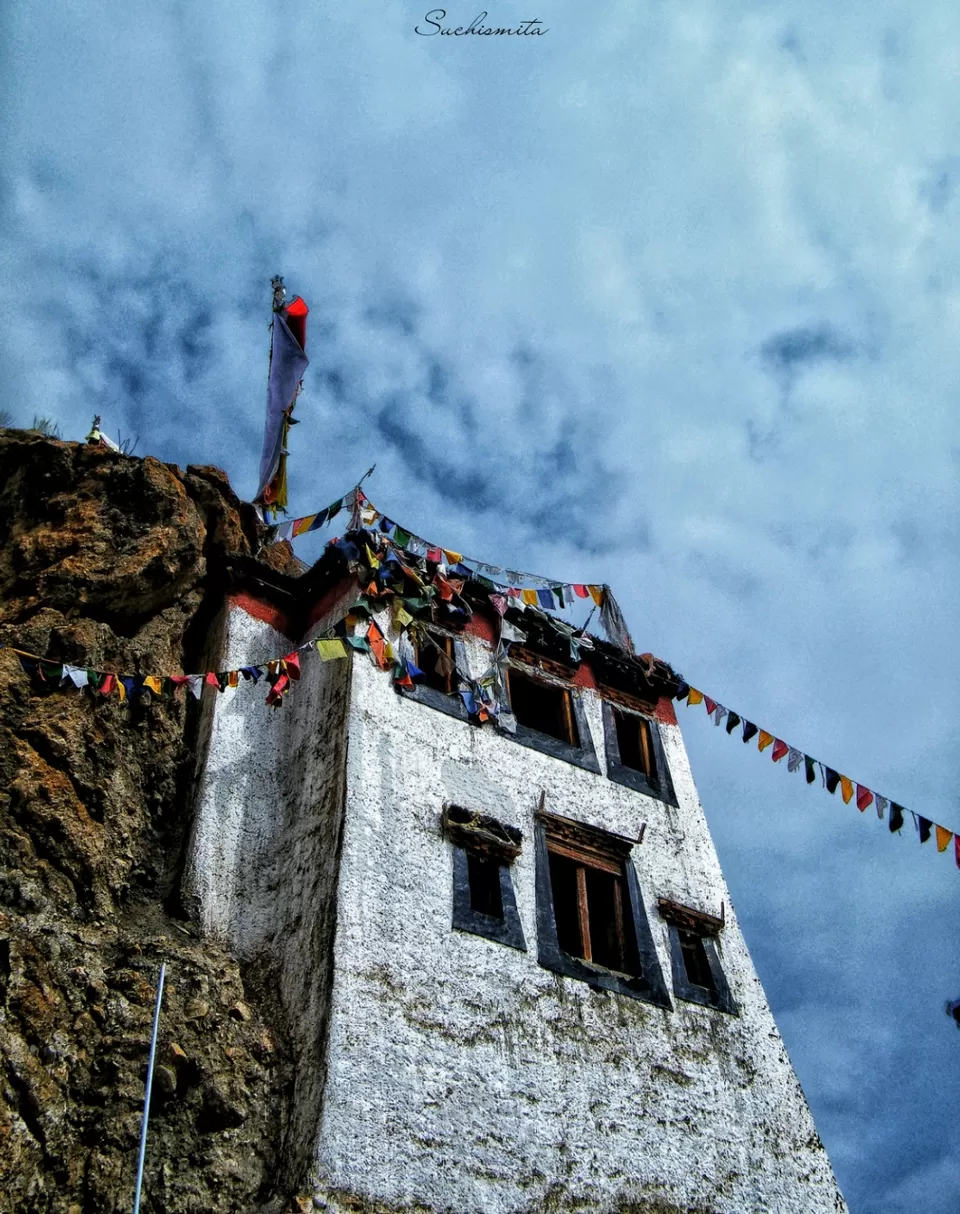
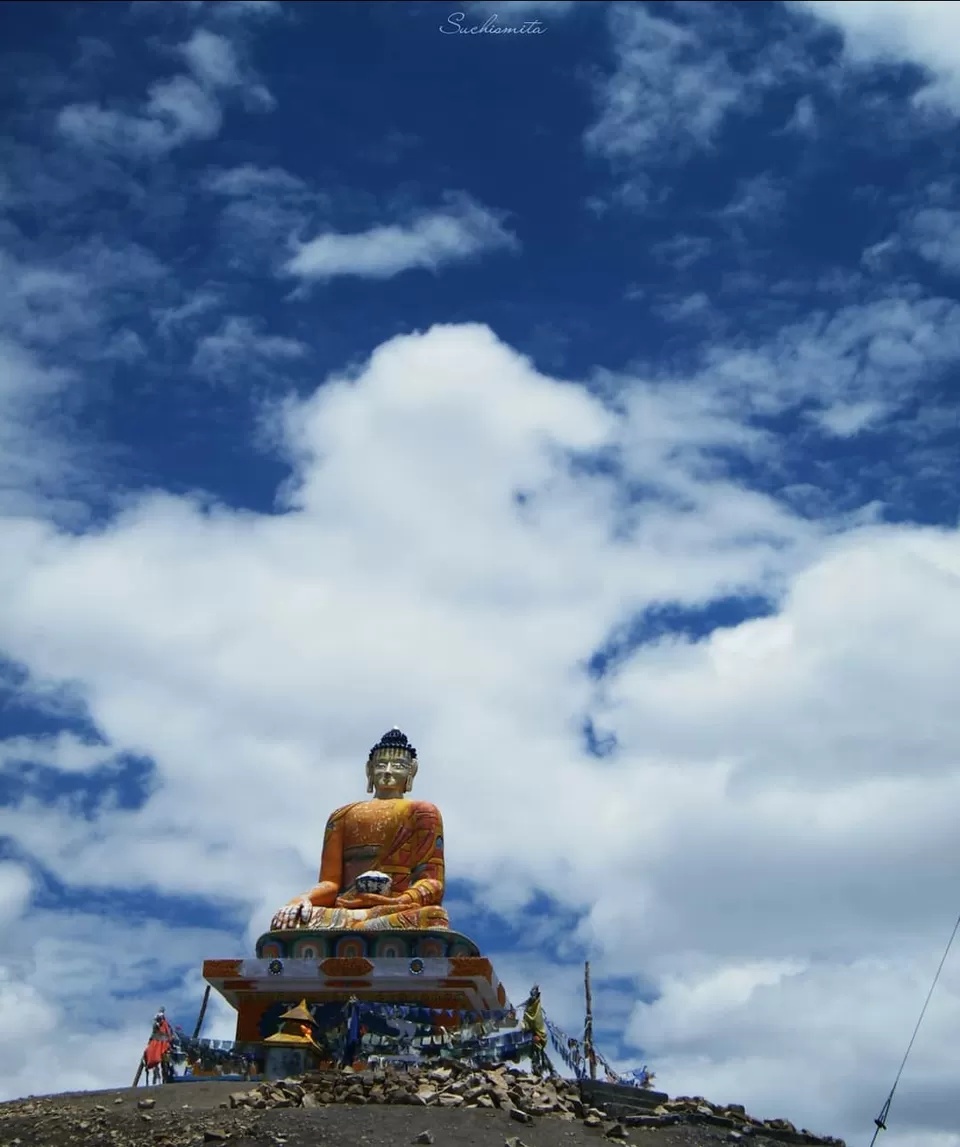
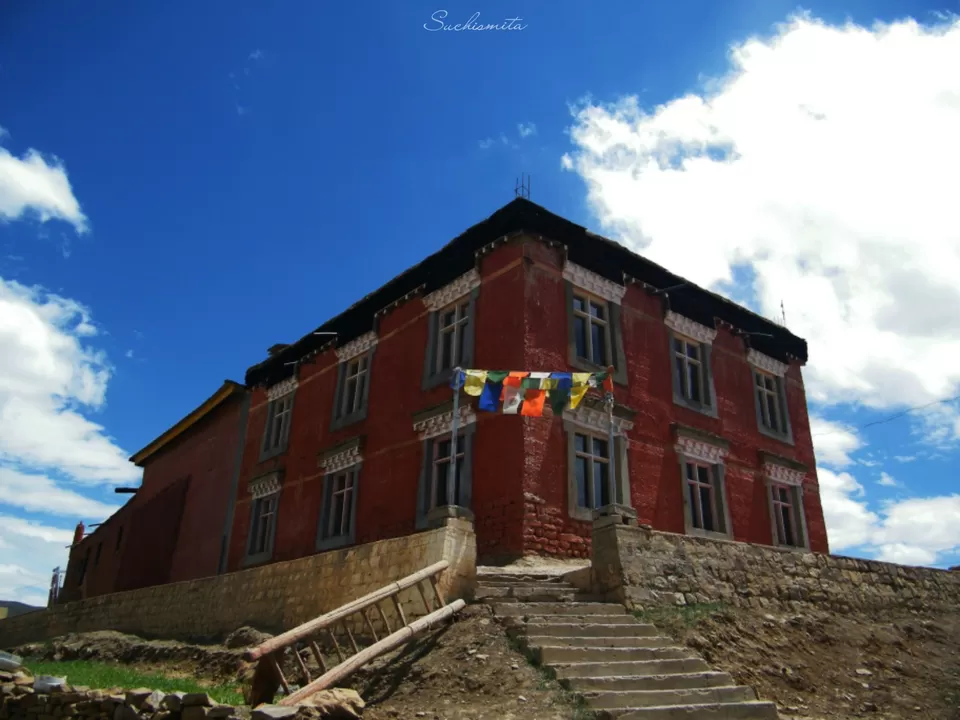
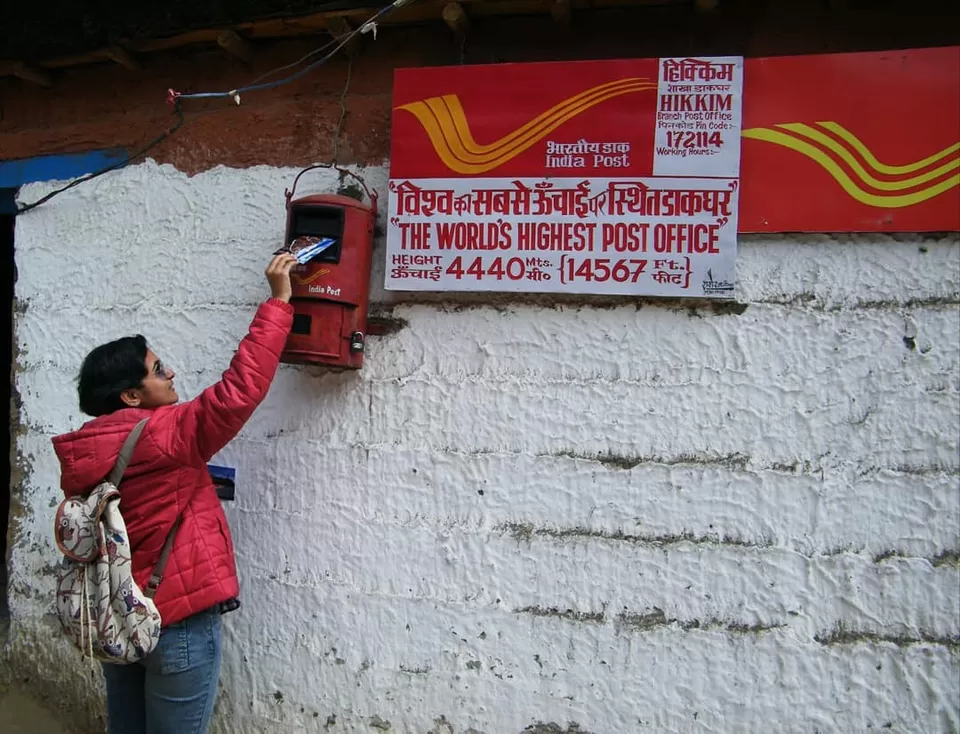
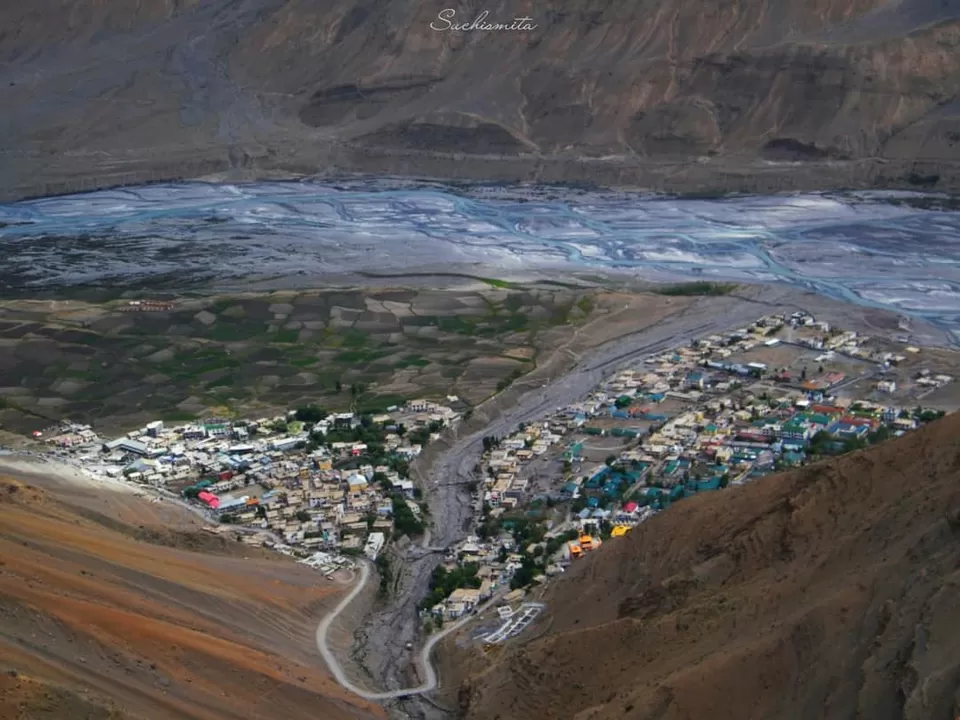
We left for Key on 22nd morning. I’d seen Key monastery so many times on the net that I was excited that finally I was visiting every place I used to see adventurers and travelers set off for.
After spending quite some time at Key, we headed for Kibber, but unfortunately, the Monastery was being rebuilt, so we were allowed to enter only 1 small room. From Kibber, we set off for Chicham Bridge. This is Asia’s highest bridge at an altitude of 13,596ft.
We returned to Kaza from Chicham bridge at around 5, and had the apple pie for one last time because the next morning, we would be leaving at 6 for Chandratal, the toughest and most adventurous part of the trip. However, that night I couldn’t sleep because I had some migraine problem and had to be taken to a doctor early next morning. Some health problems might occur in people due to the high altitudes, but I was fine soon, though the journey to Chandratal left me very weak.
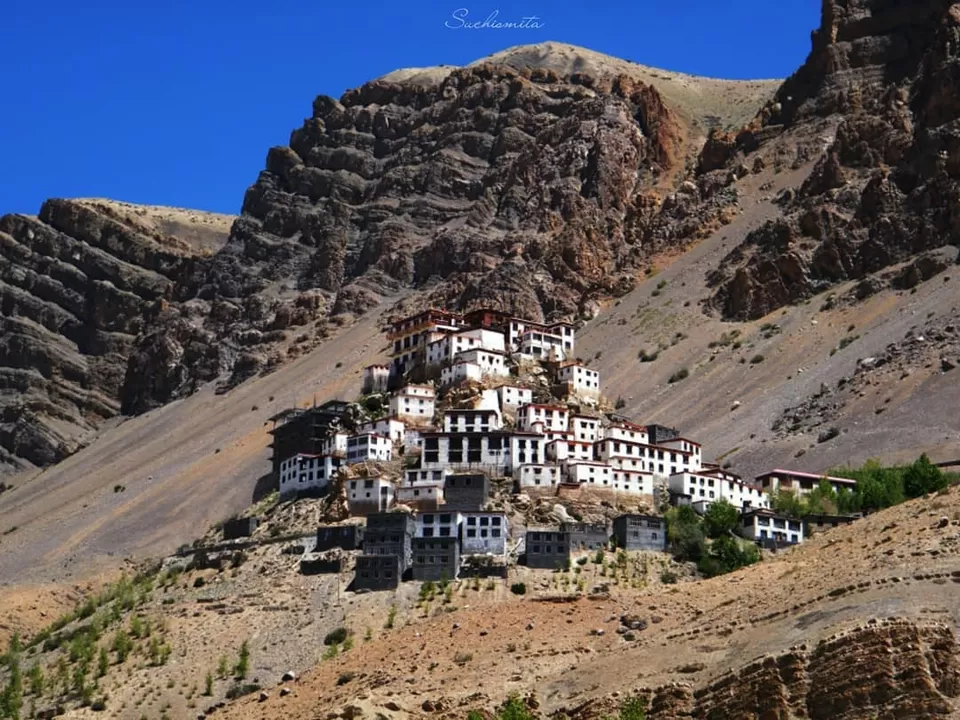
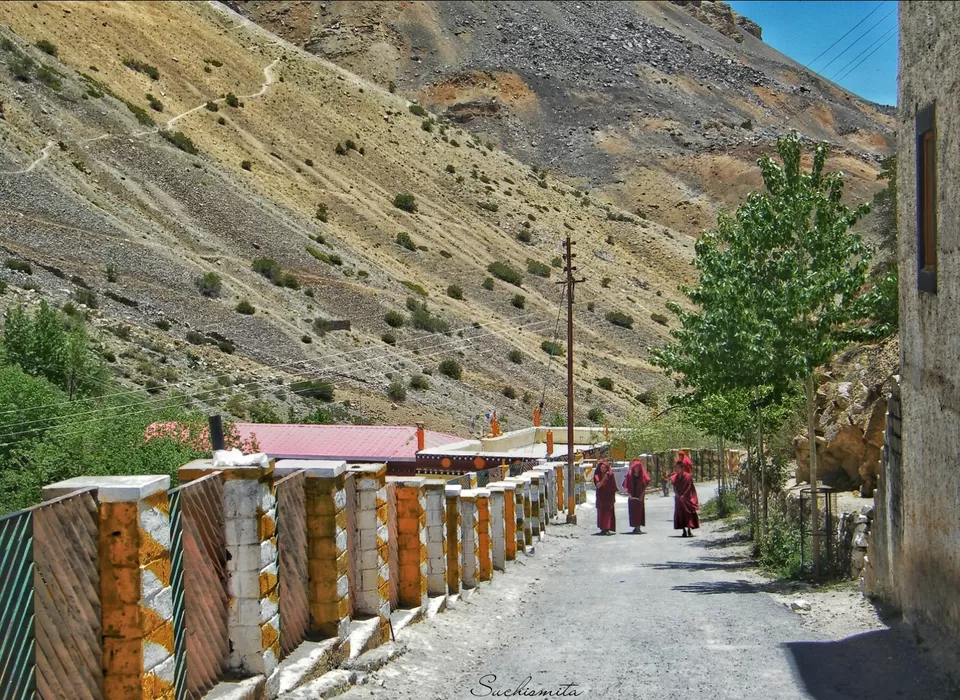
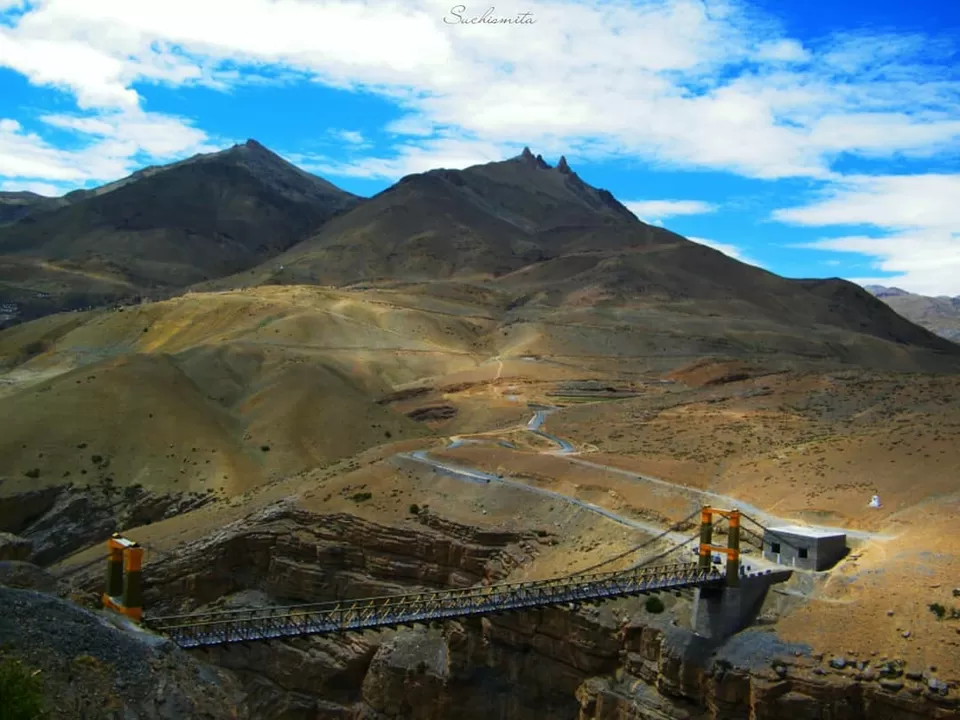
The motor-able road ends in Kaza and the route for Chandratal is over riverbeds and boulders and even over the river or streams around the river, so there needs to be a really steady driver to go through that. We crossed the Kunzum pass (15,060ft.) at around 1 in the afternoon and we could see the sky getting covered in clouds and surroundings growing dark. An extremely strong wind was blowing, and the temperature fell gradually.
When we reached the camps at Chandratal, 2kms away from the actual lake, we noticed a Traveler bus of tourists was stuck inside a stream of snow and water, and the tyres weren’t moving. It took a few hours for all the drivers to push it out and finally we reached Chandratal. We trekked another few kilometers to the lake. Though it was cloudy, from a distance we could see the lake beautifully shining a bright blue. It’s peace to the eyes itself, especially after the journey we’ve had that day.
We retreated into our tents after returning to the camps, had dinner at around 8 and were supplied with electricity for 2 hours, from 6 to 8, and limited water supply. It had already started drizzling, and temperatures fell extremely low. In the morning, we found every little stream or puddle was frozen, and even our car’s window glasses had frost all over them. The snowy mountains all around were orange with the rising sun. It was all a beautiful sight to behold and I was in much better health.
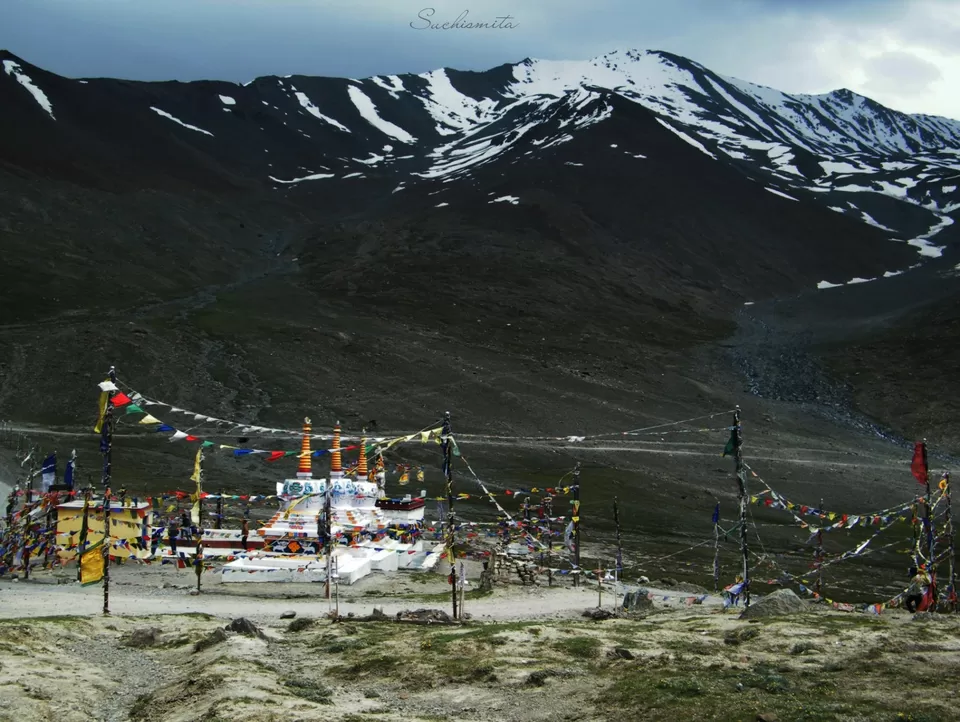
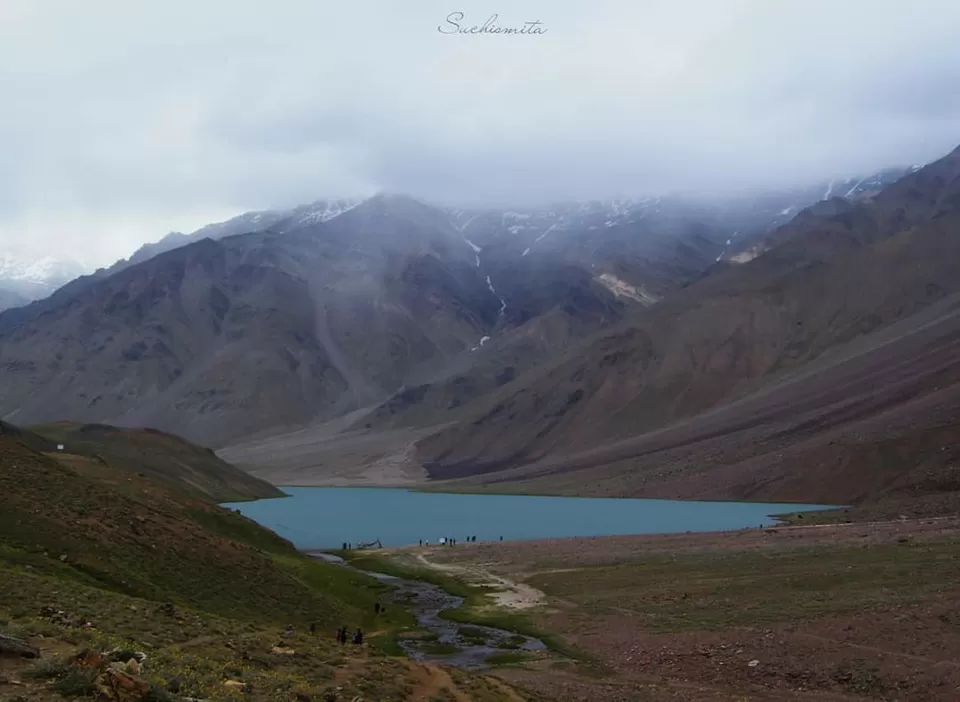
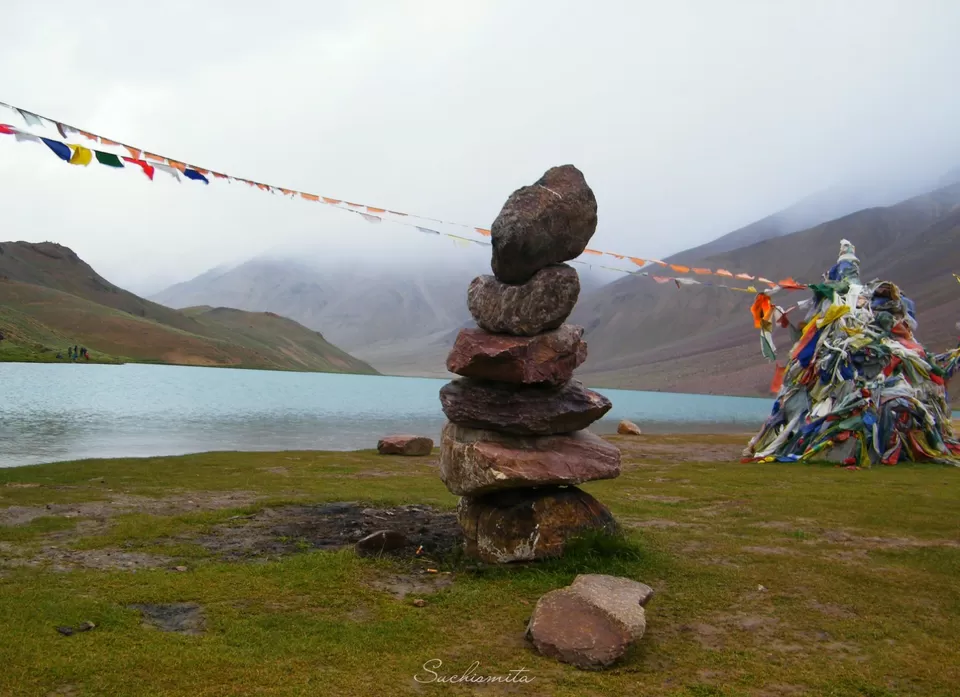
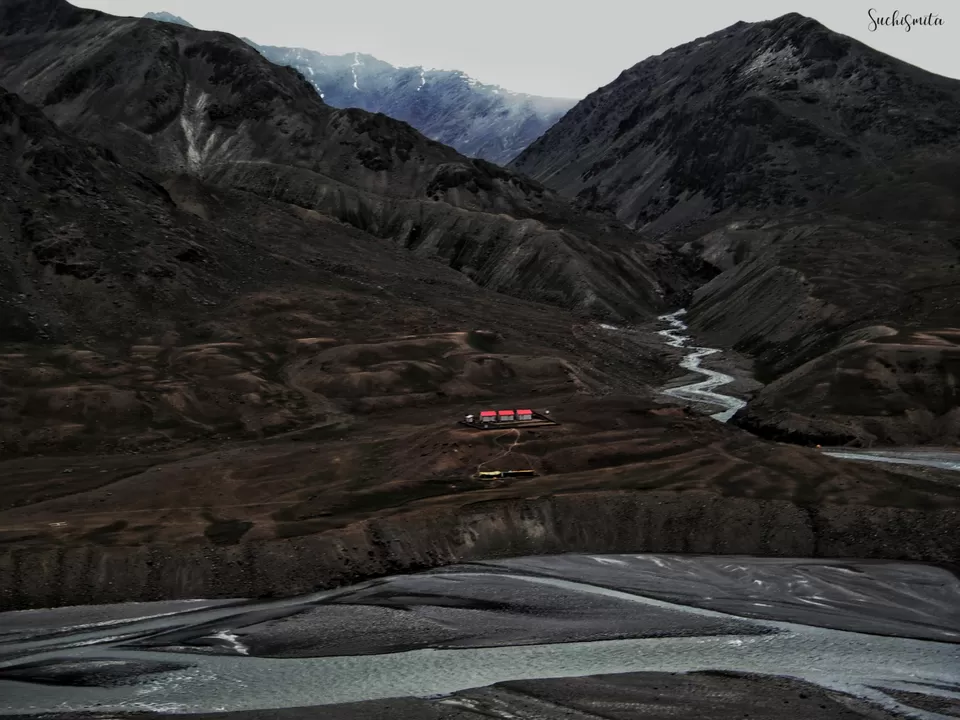
We bade Chandratal goodbye and set off for Keylong. As we descended from the mountains we spent so many days at, a heavy sadness dawned and I realised that the trip was almost at it’s end. However, we had the last few days to enjoy. We wanted to stay 2 nights (24th & 25th) at Keylong because we’d collect information for our next Ladakh road trip, and also we needed a little rest from all the health issues and journies. We spent 24th walking around in Keylong market, talking to bikers and cyclists on the way to Leh.
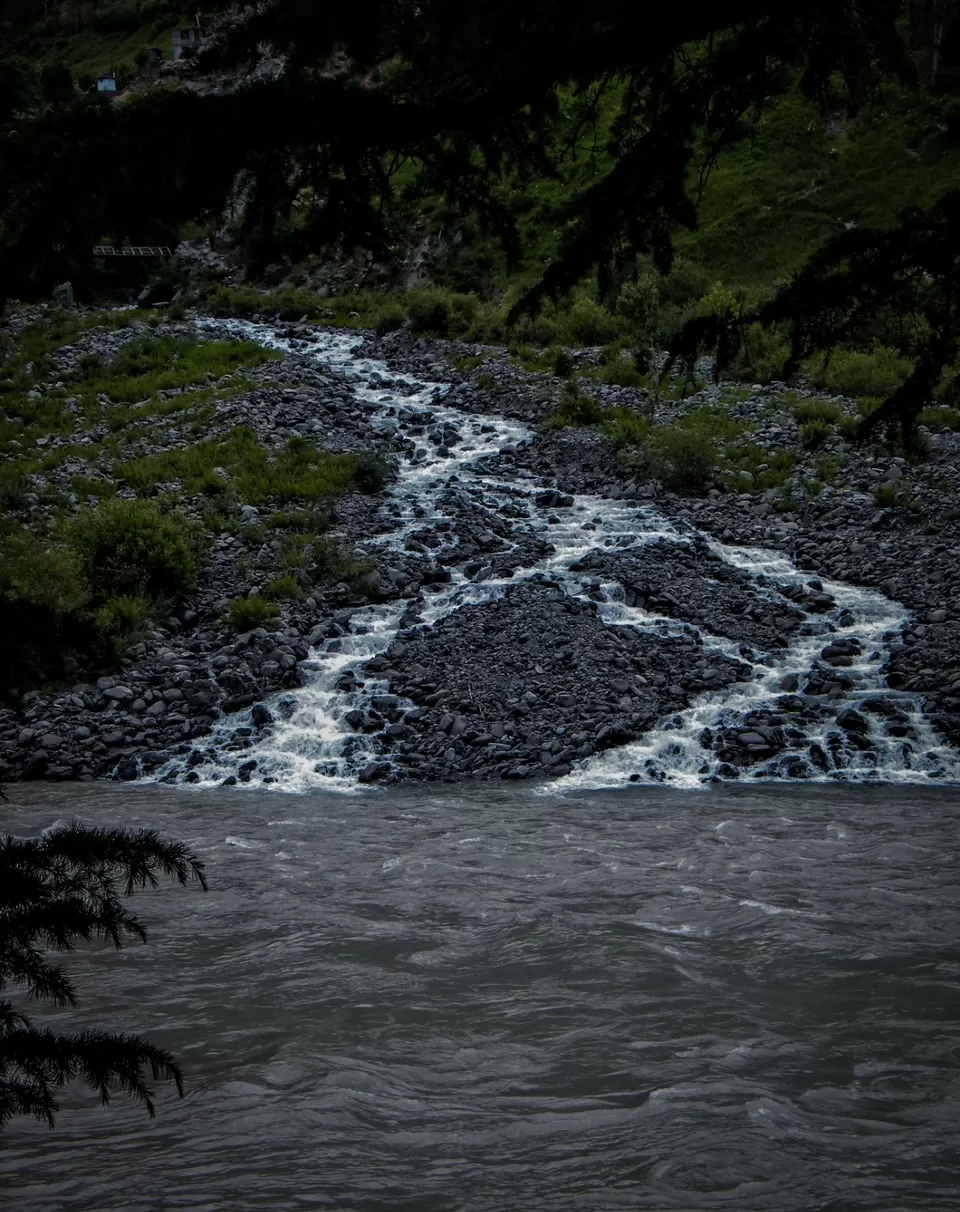
25th morning, we went to the Triloknath Temple. From there we drove along the river all throughout the beautifully green mountains that gave an extremely mood elevating, spring kind of fresh feel and visited the Margul Temple.
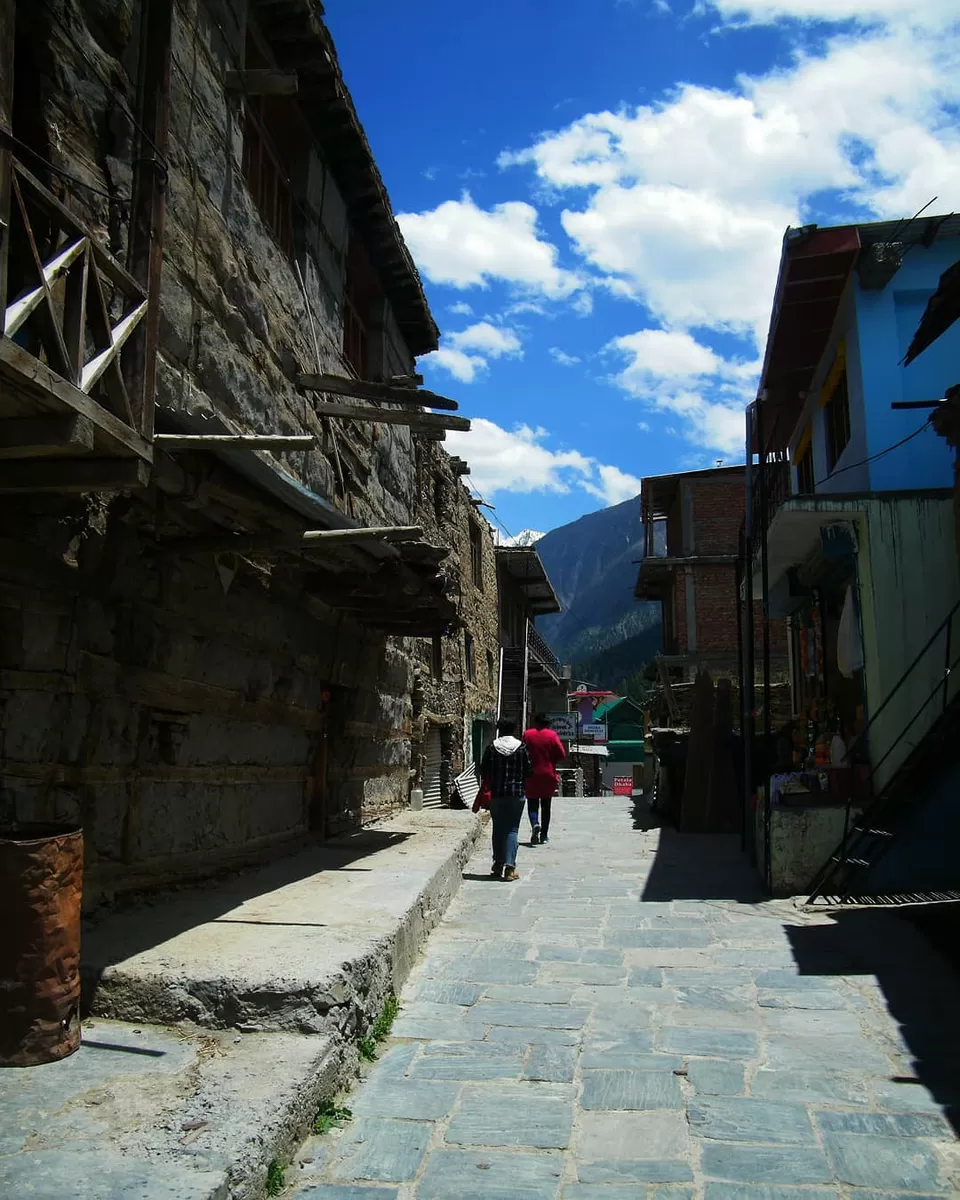
On 26th morning, we left for Manali. The road took us through Rothang Pass, and the Beas Temple where the origin of the river is located.
After crossing Rothang Pass, we went to Solang valley. The place might have rope-ways and paragliding, but honestly, after spending so many days in that paradise, I didn’t enjoy the crowded place. While entering Manali, we got stuck in a 2-hour-long jam, and I realised I had returned to city life once again.
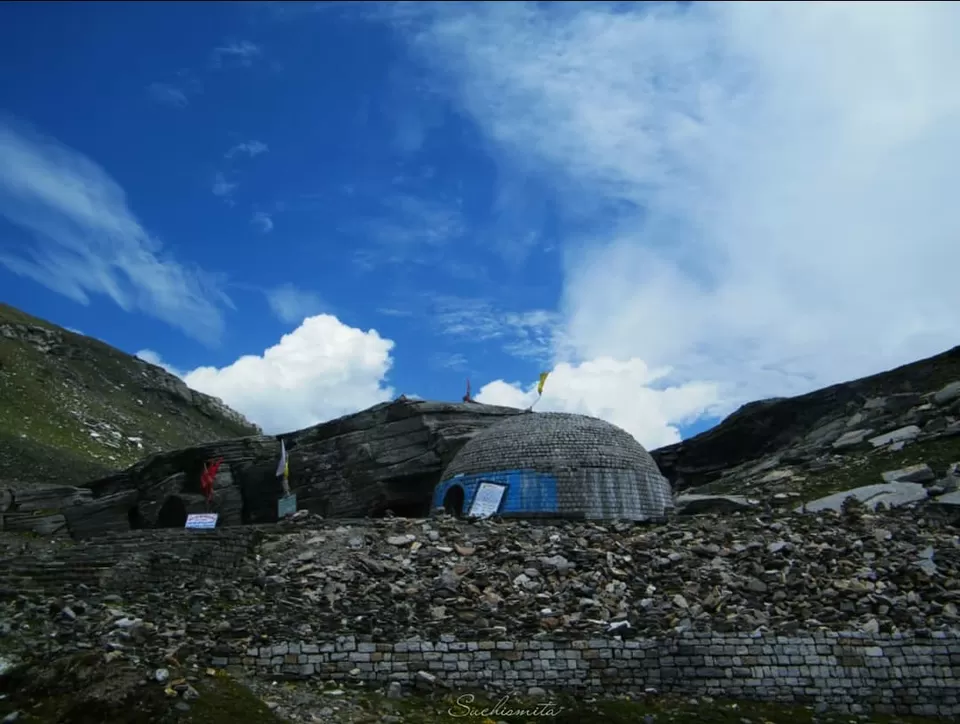
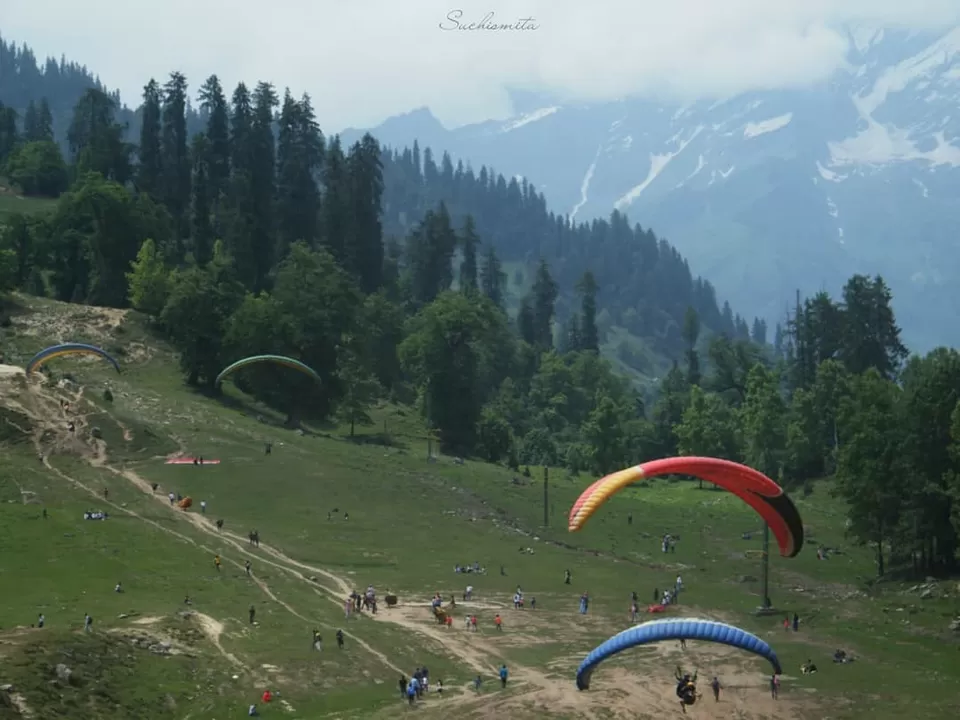
We spent 26th and 27th nights at Manali, wandering off into the Mall Road or the Hadimba Temple, and it drizzled almost all the time.
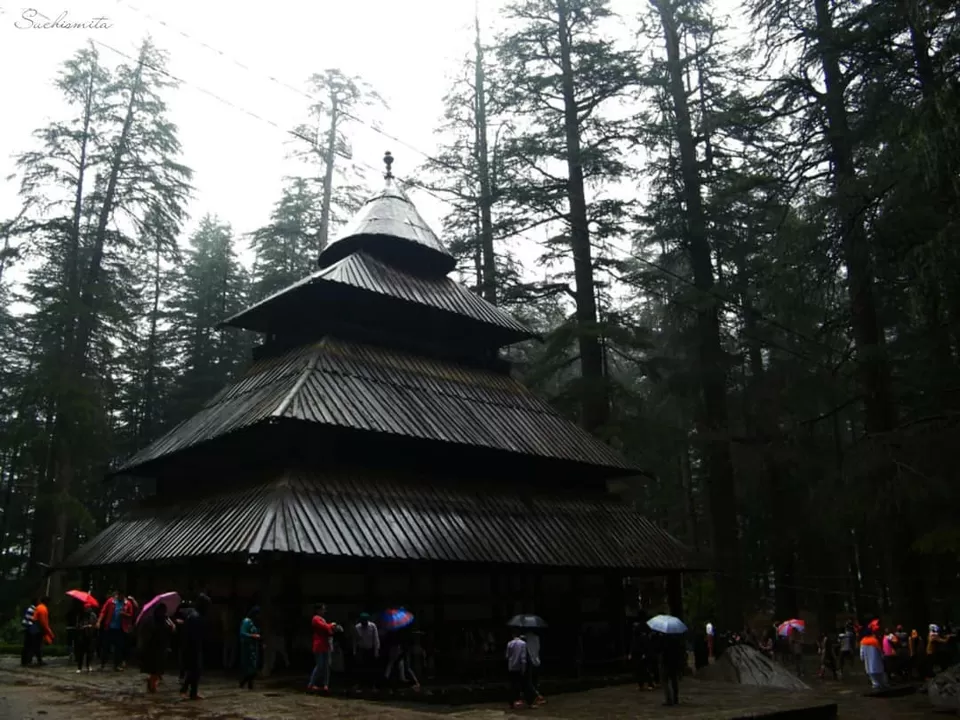
Finally, in the morning of 28th June, we left Manali and headed to Delhi.
This was a trip of a lifetime and words are too little to explain the beauty and adventures on this trip, so the best way is to experience it yourself. Sometimes all you need is to indulge into a paradise, away from all the chaos, frustrations and pressures of daily life. Hence, travelling, the little escape into a surreal universe.













